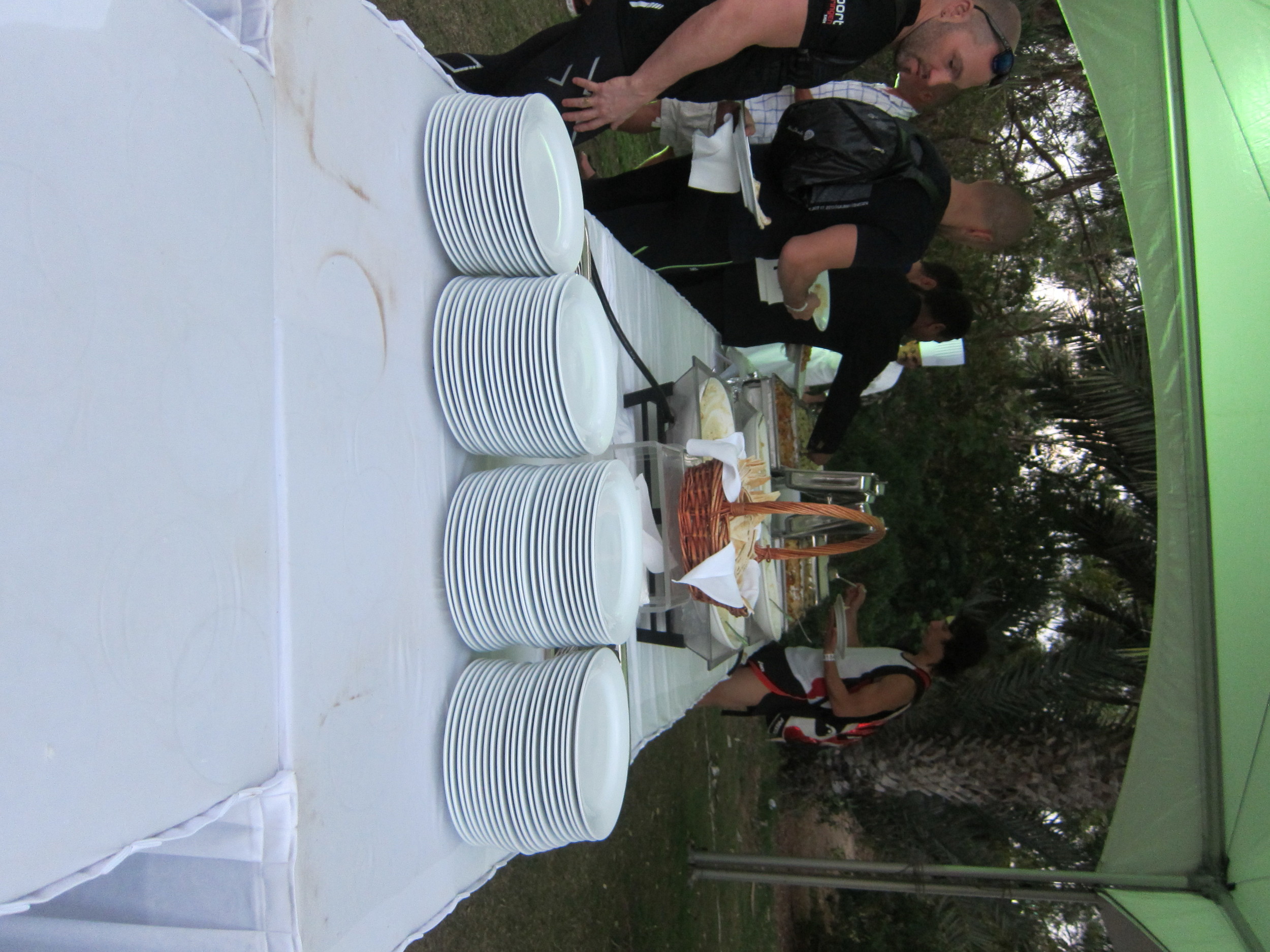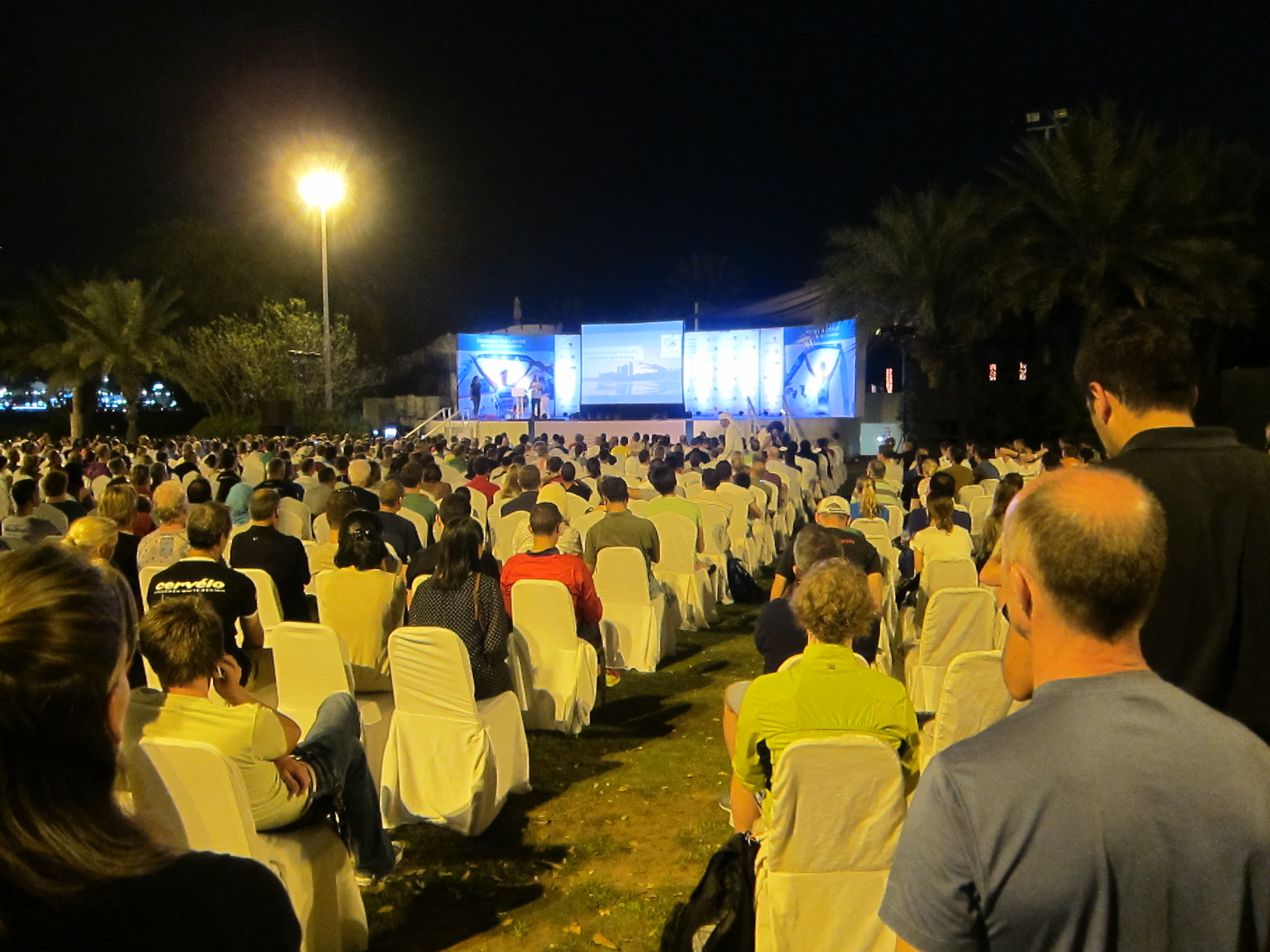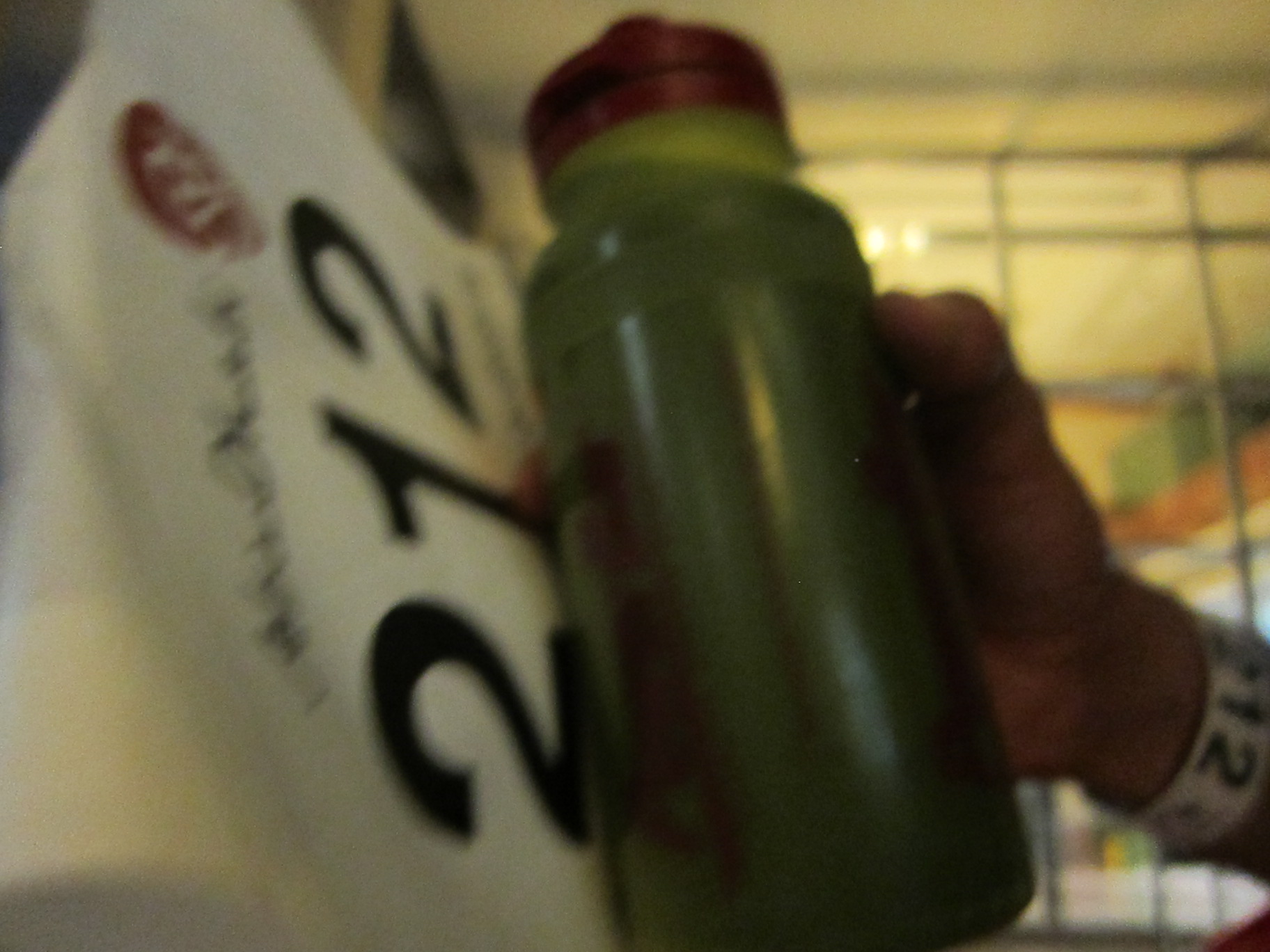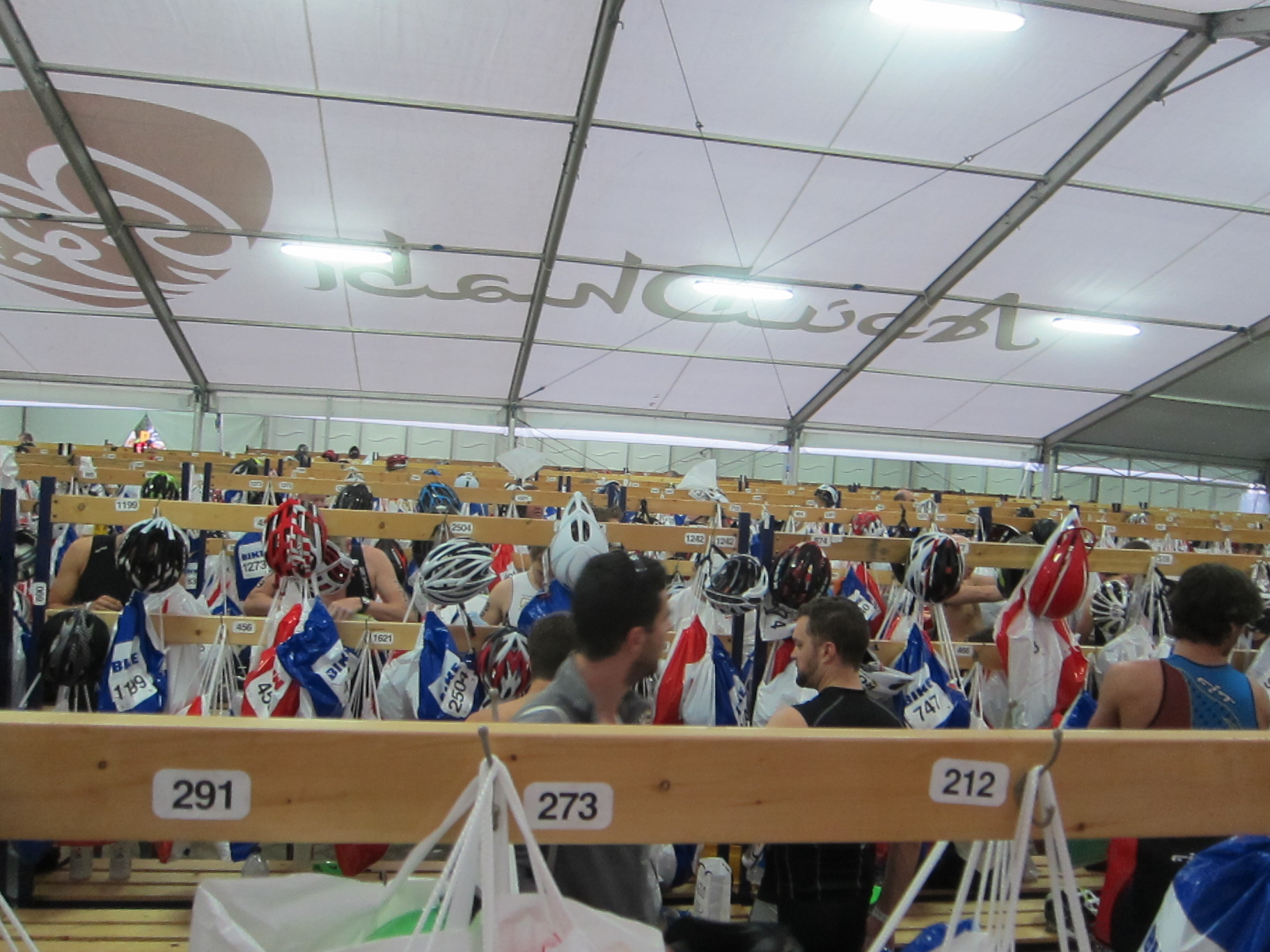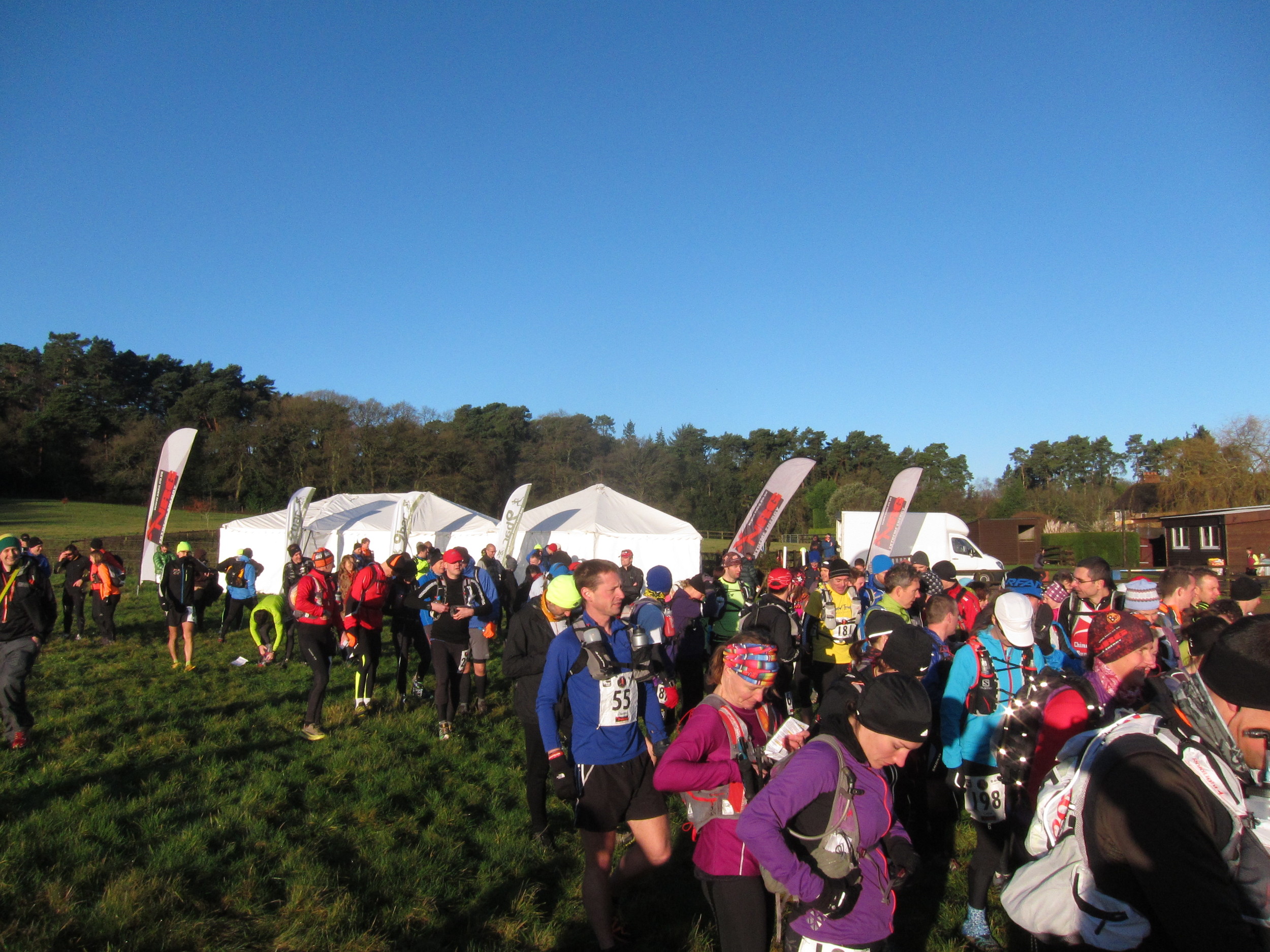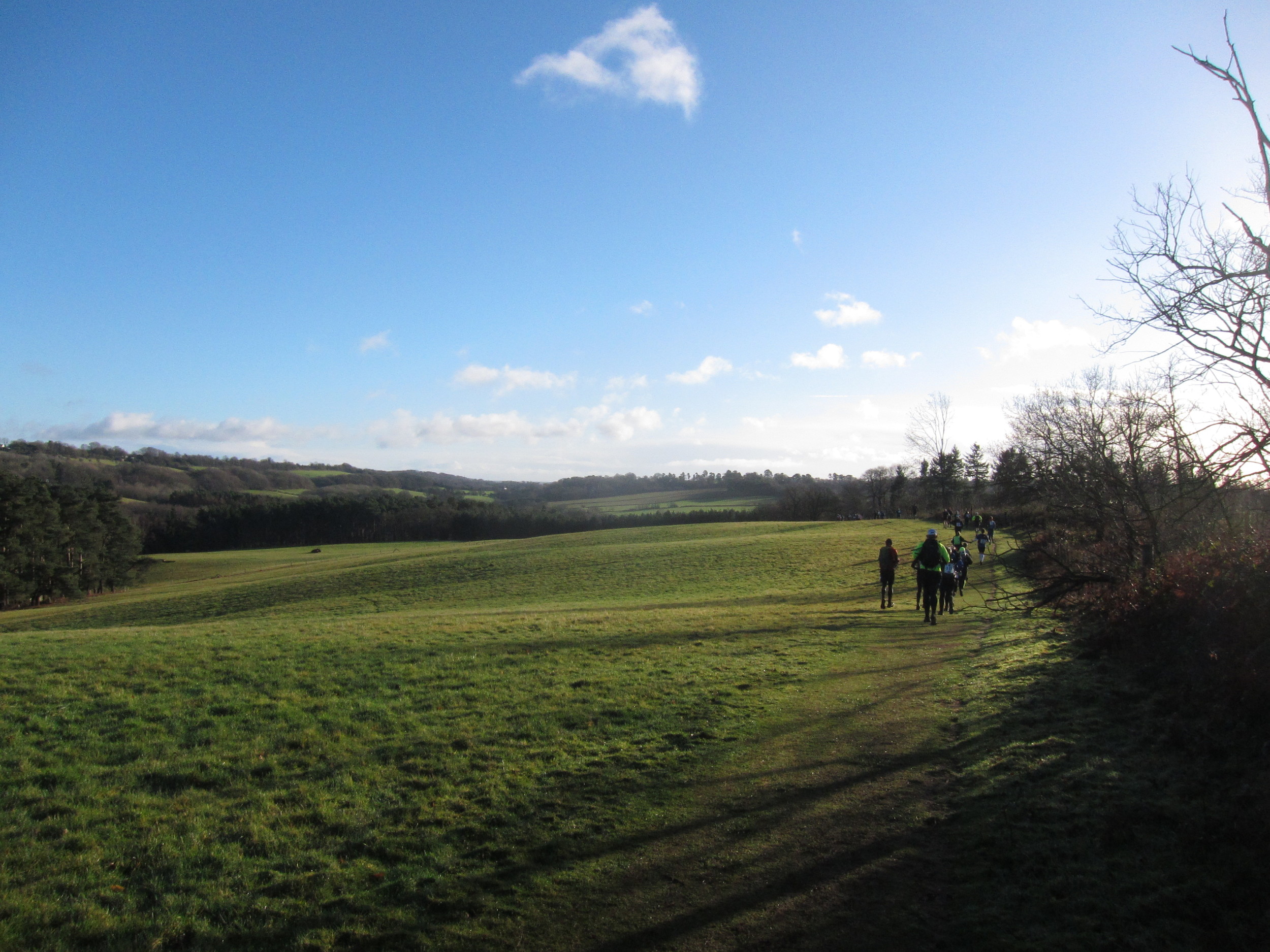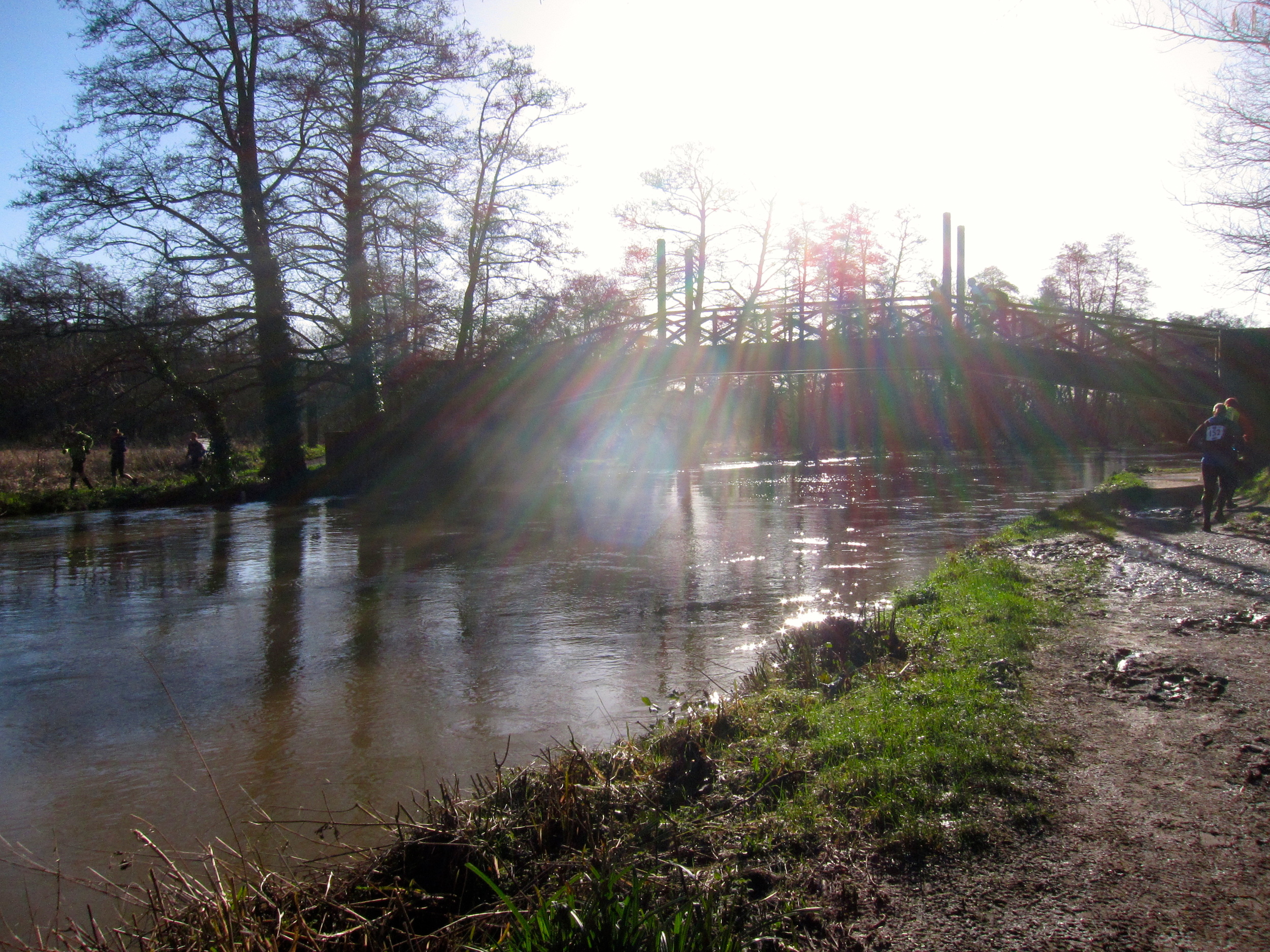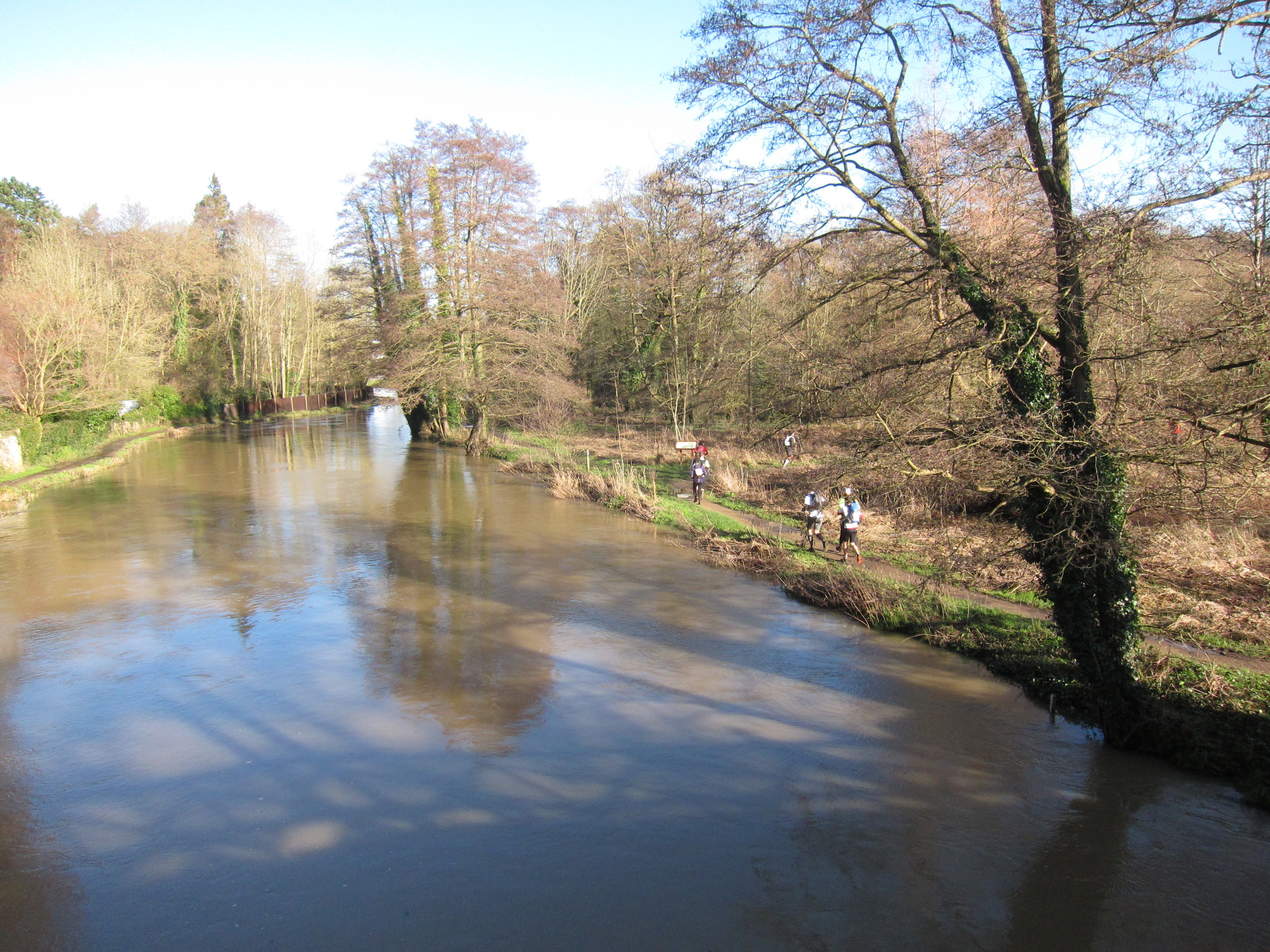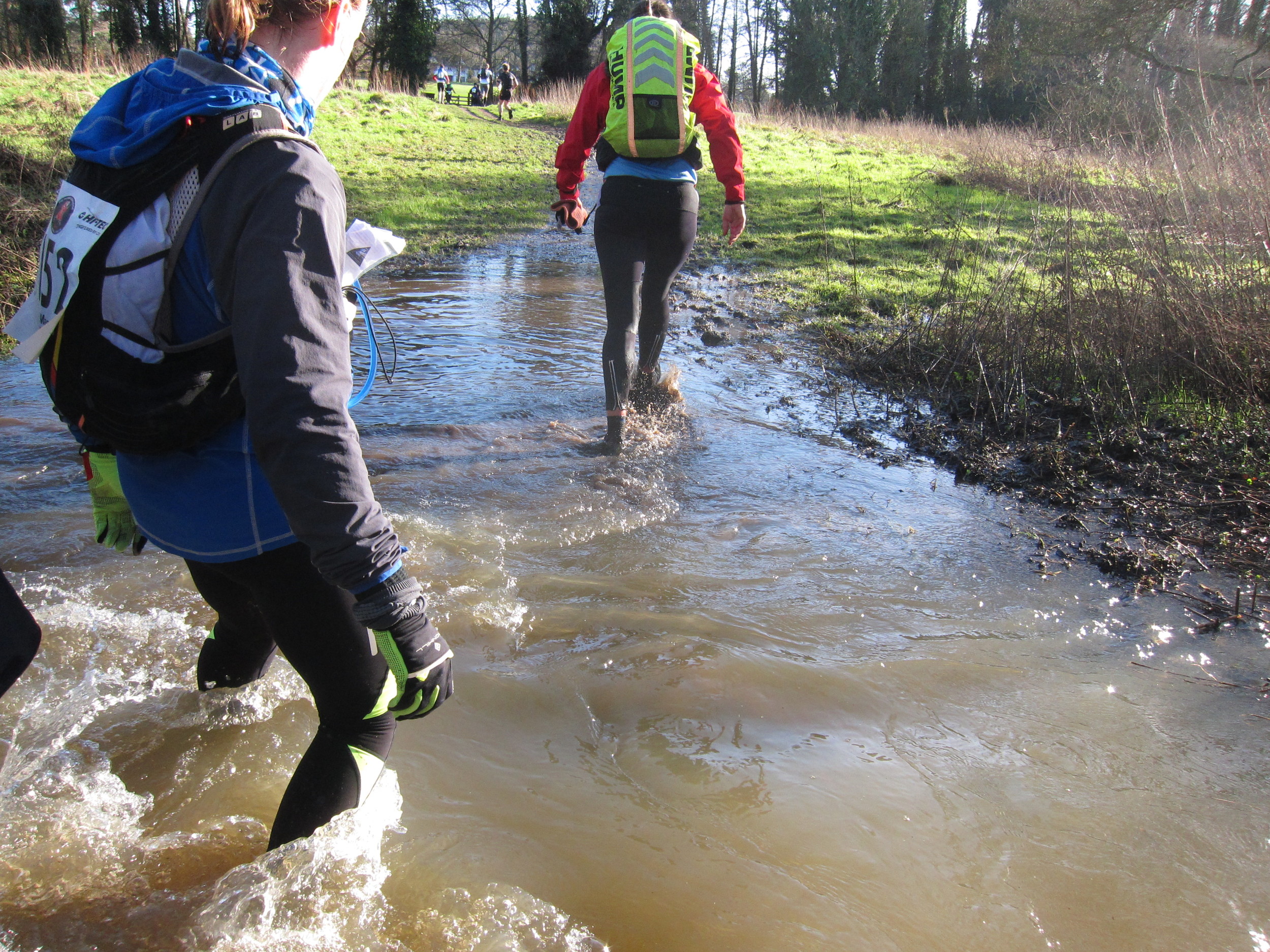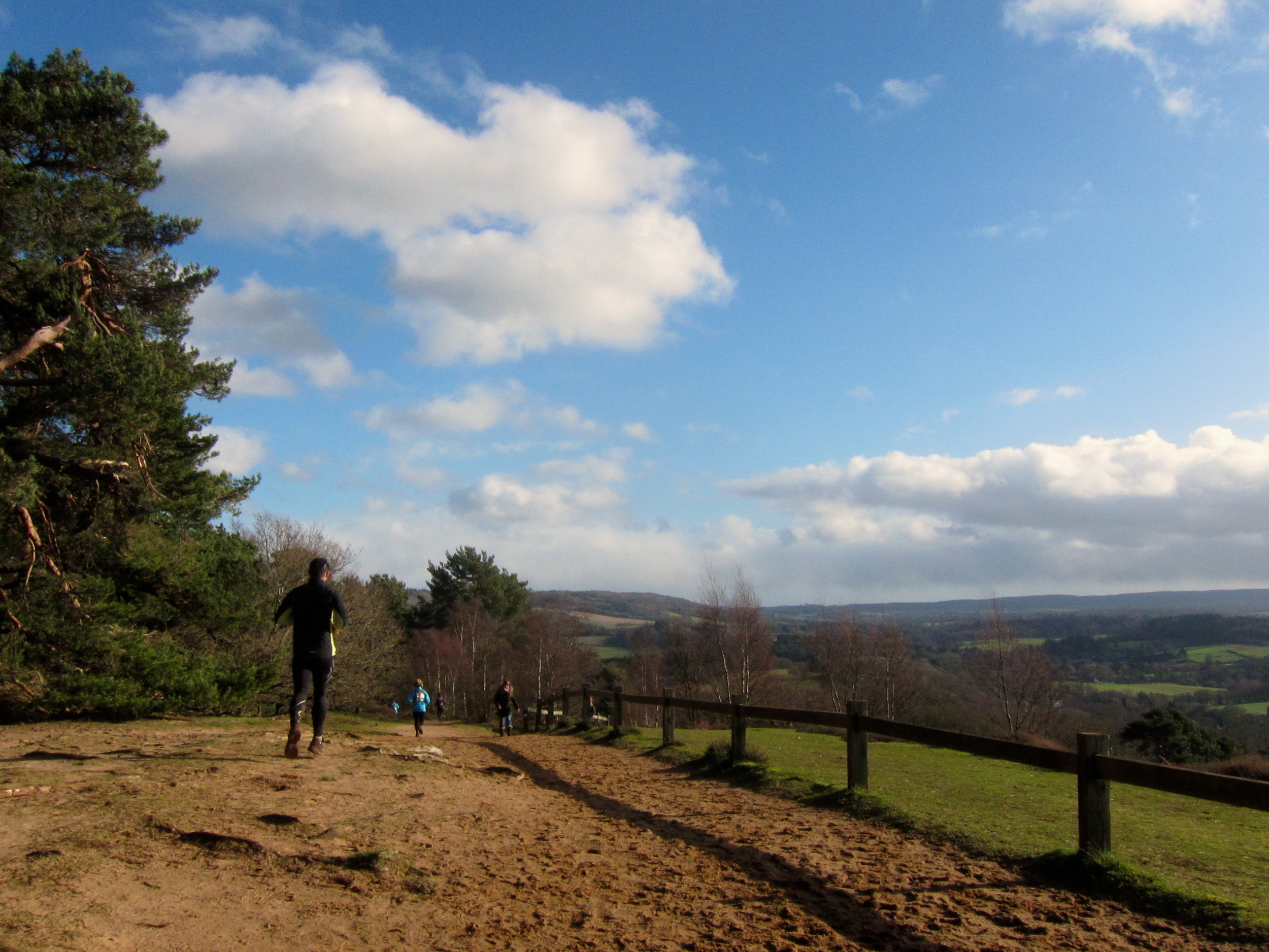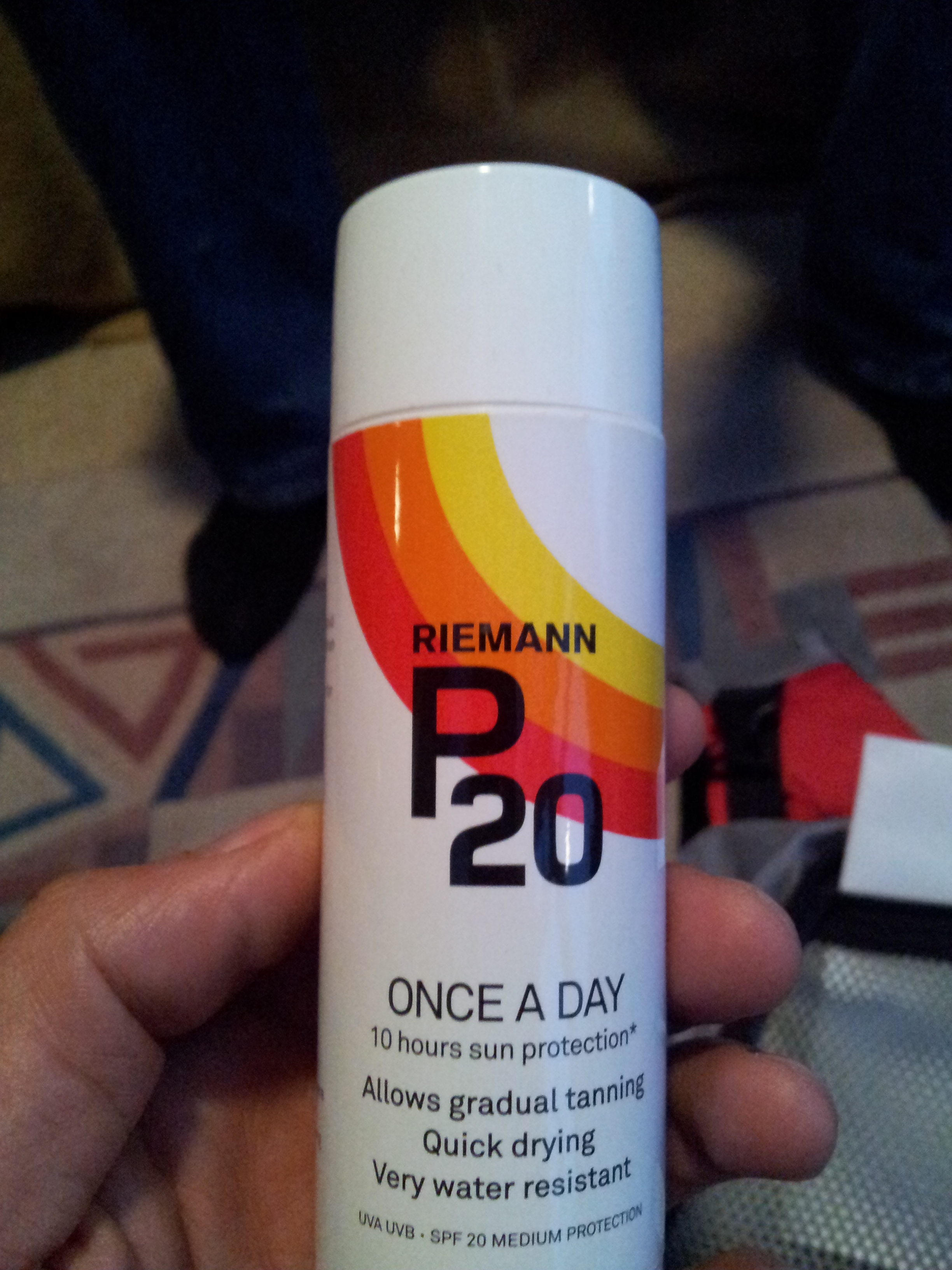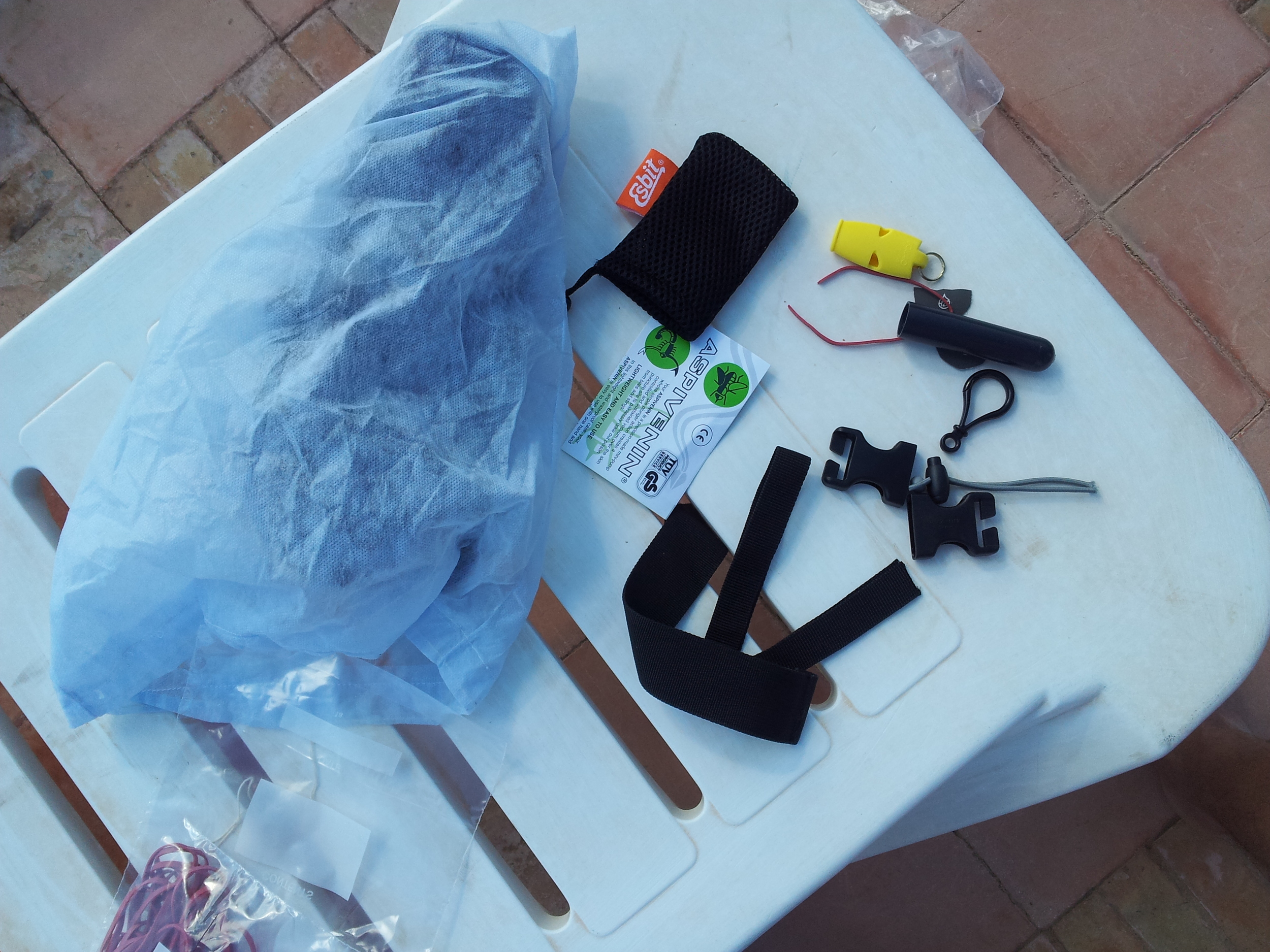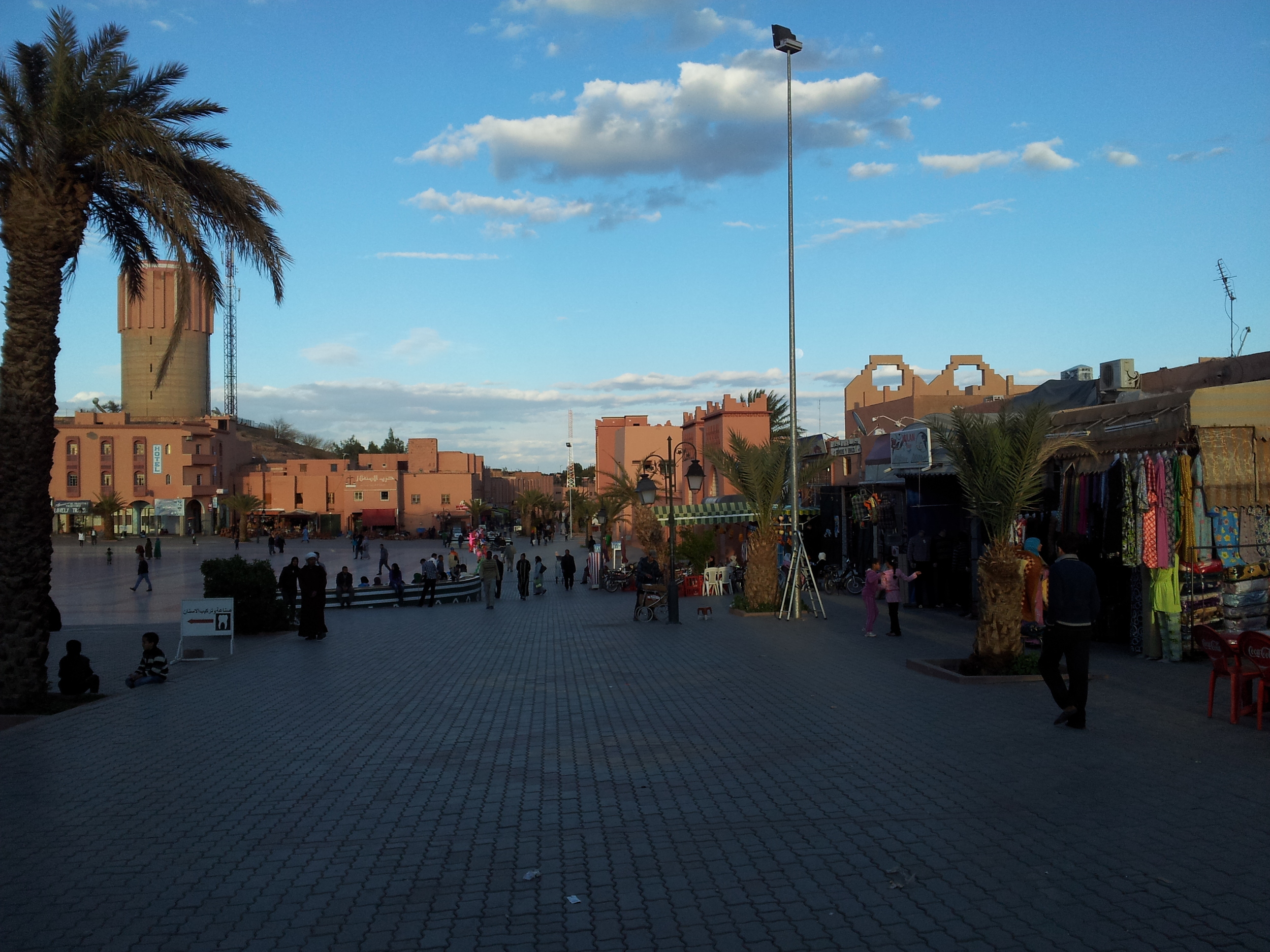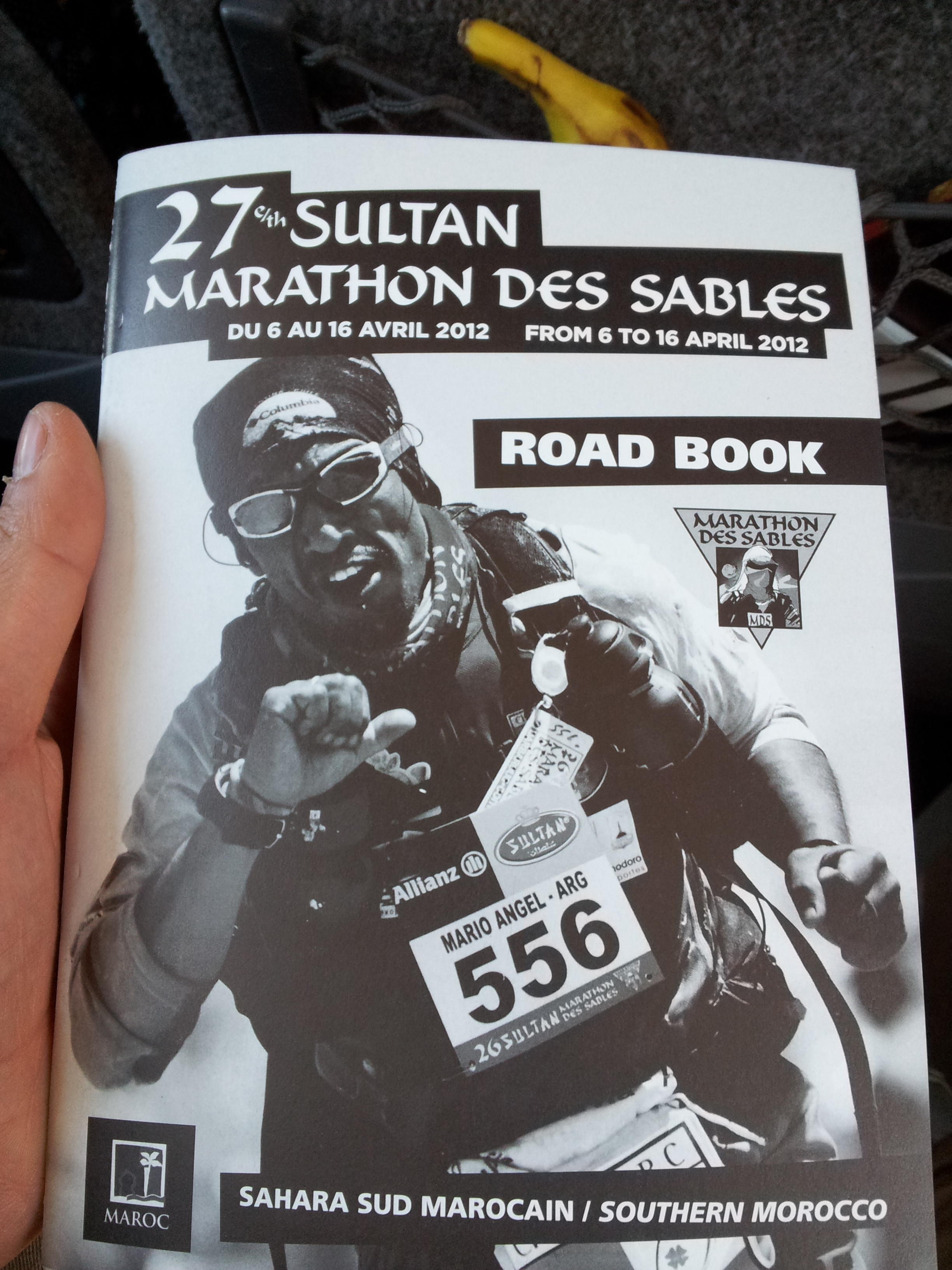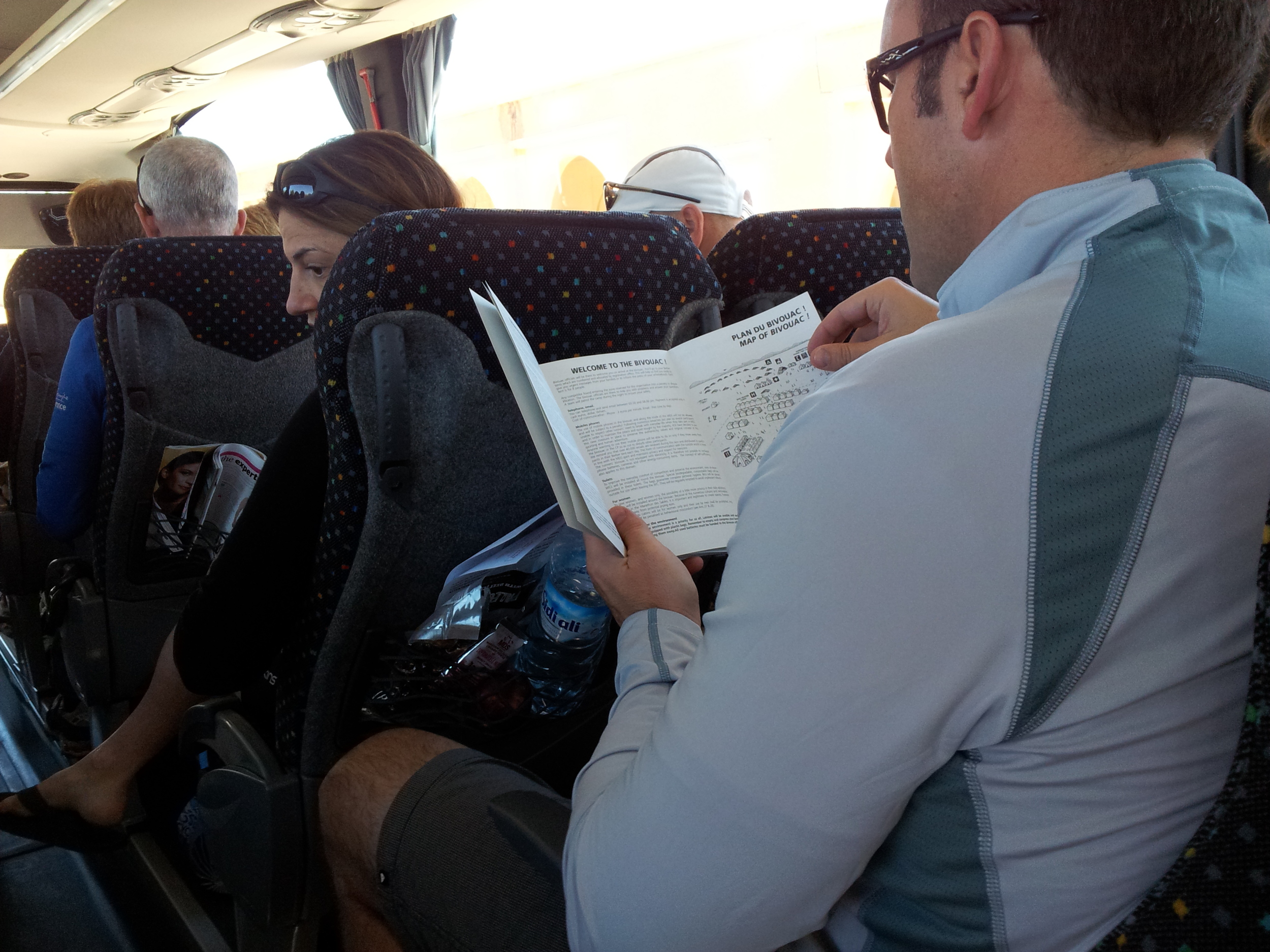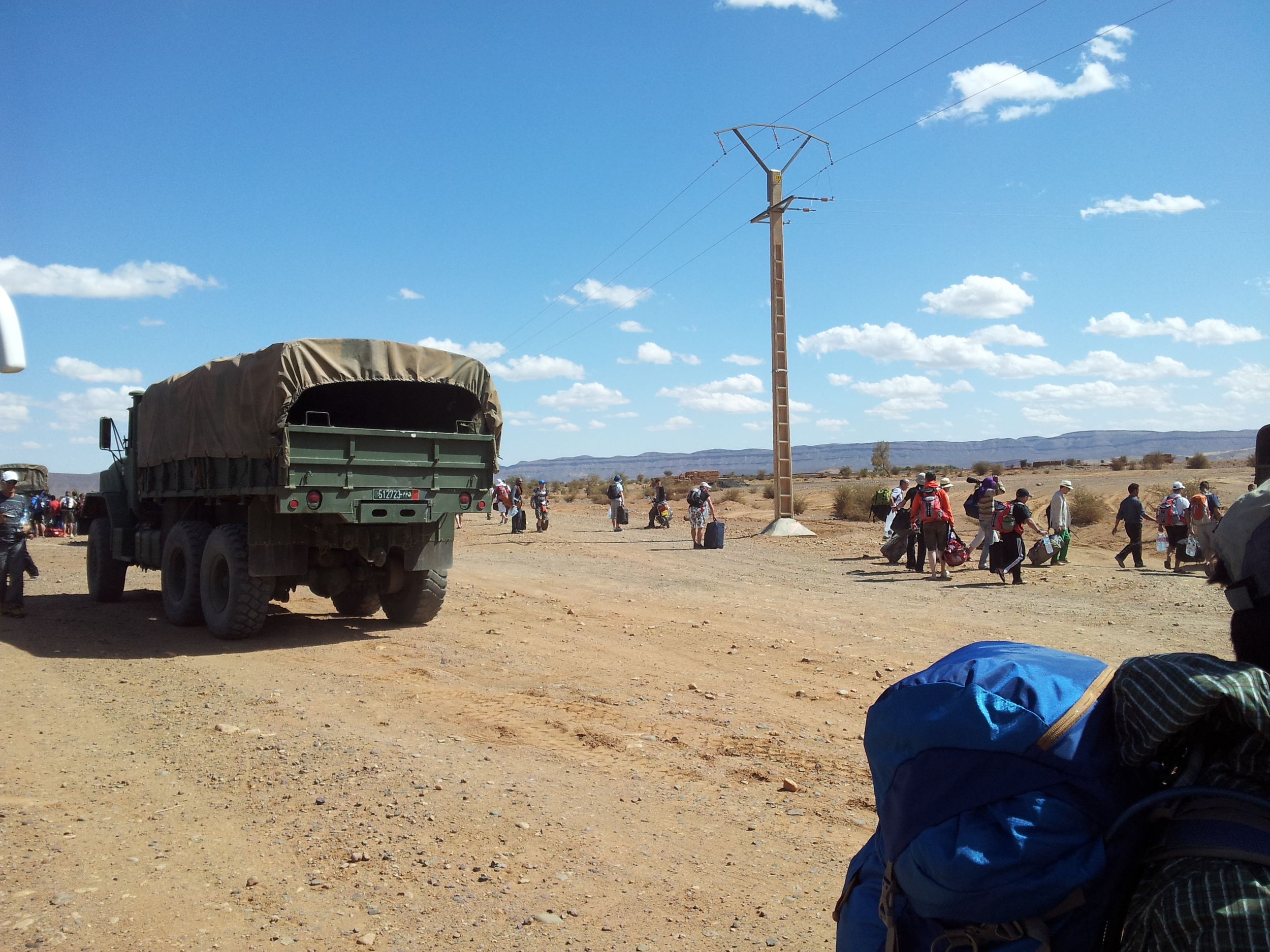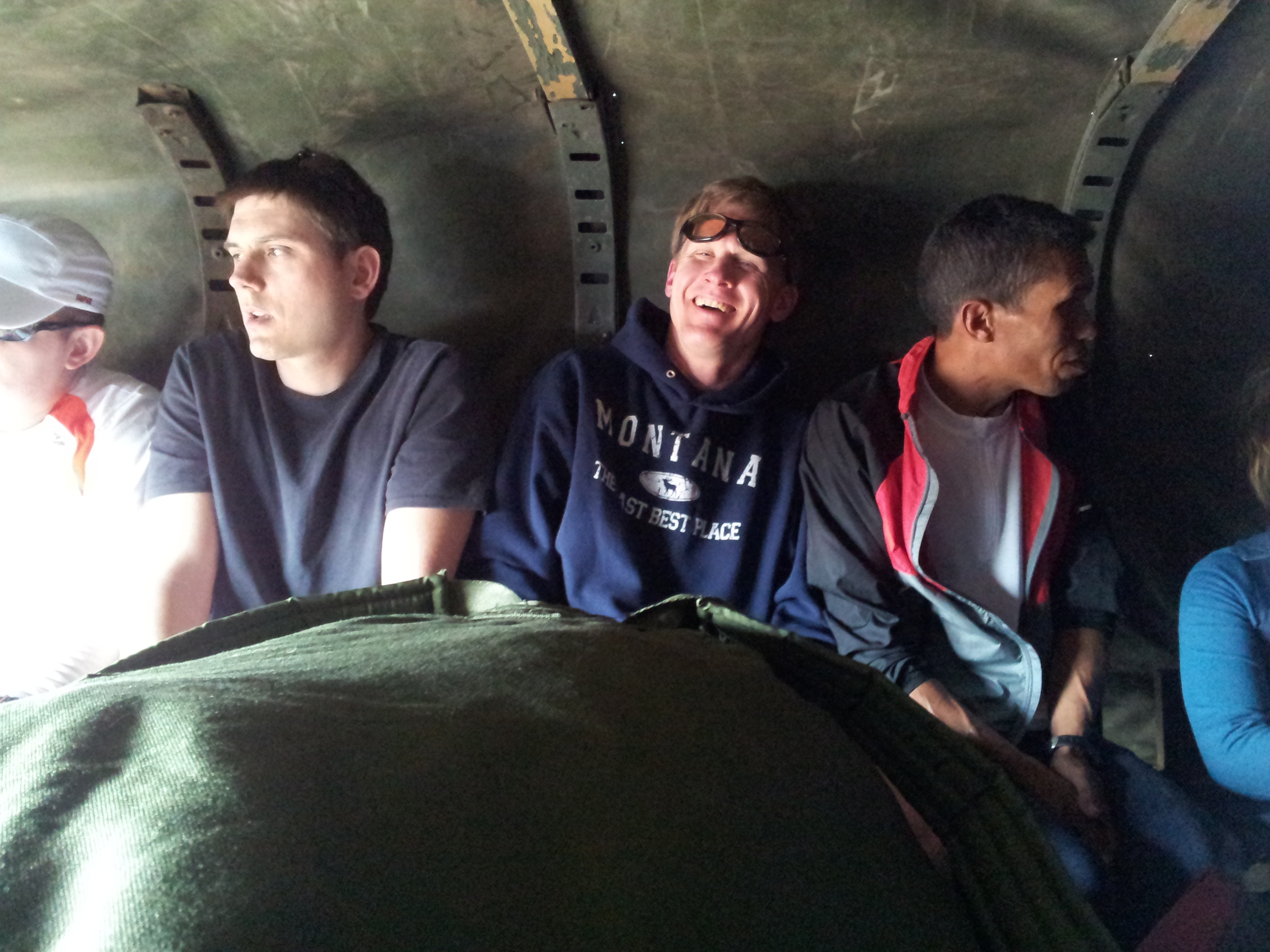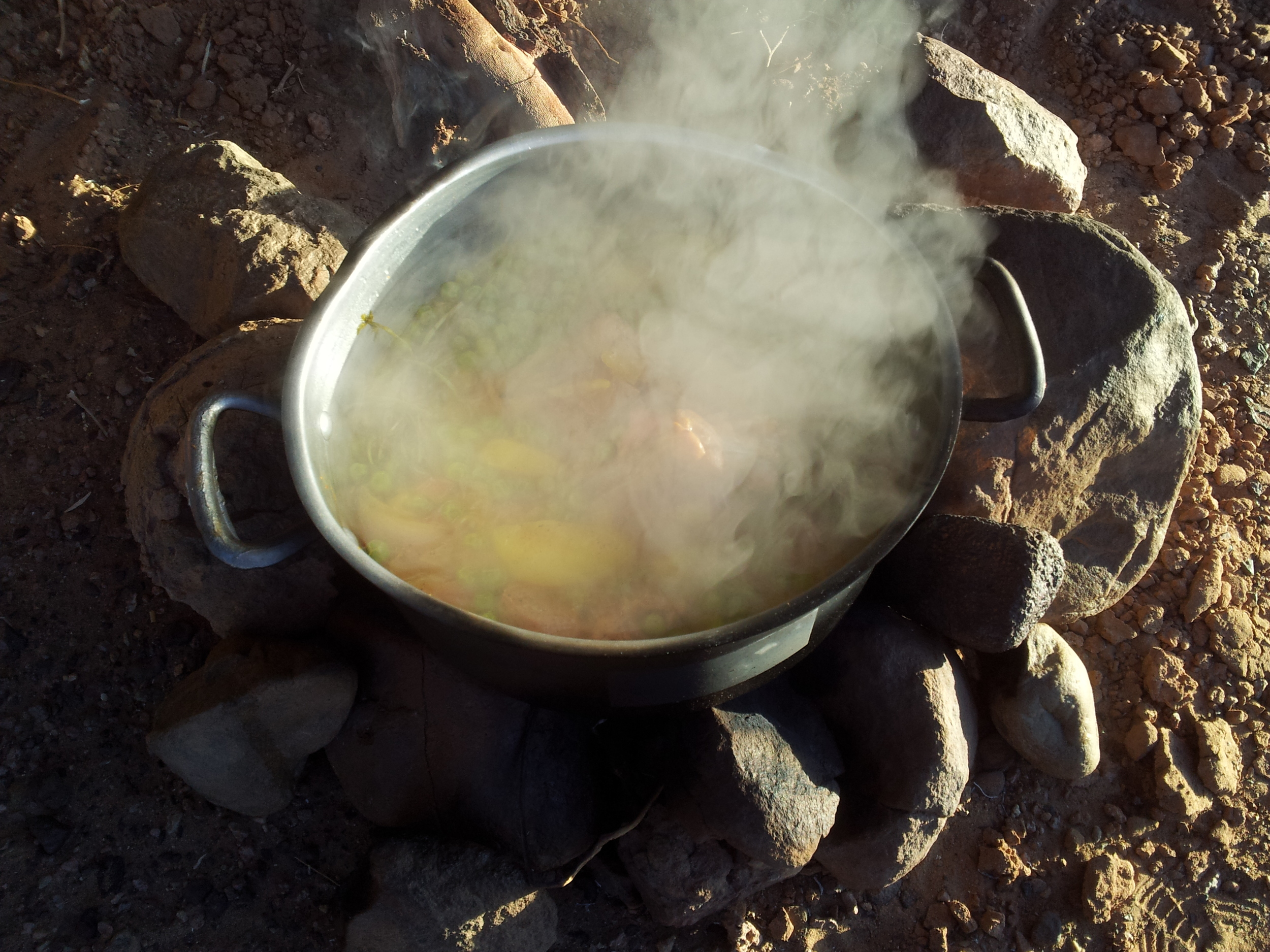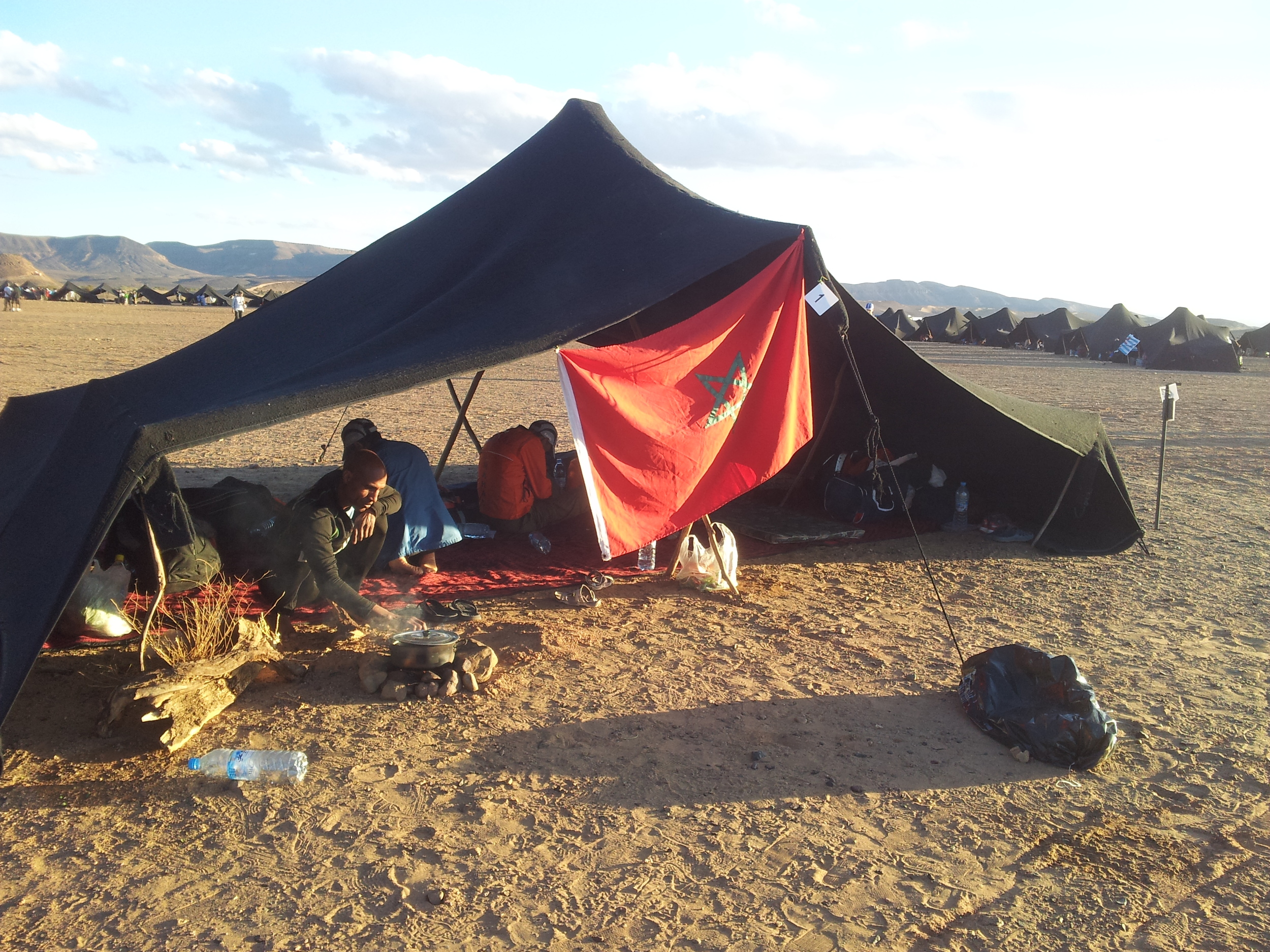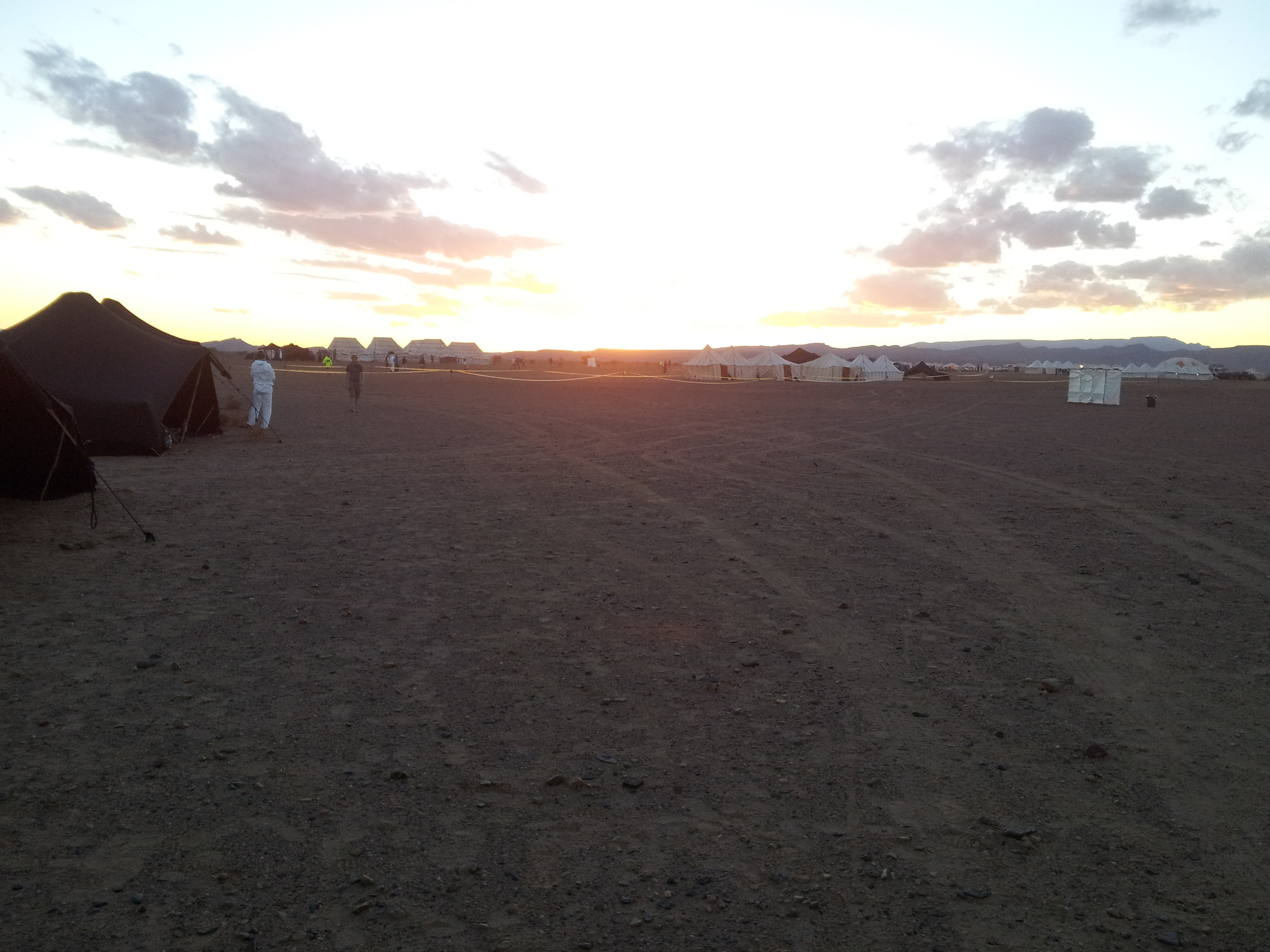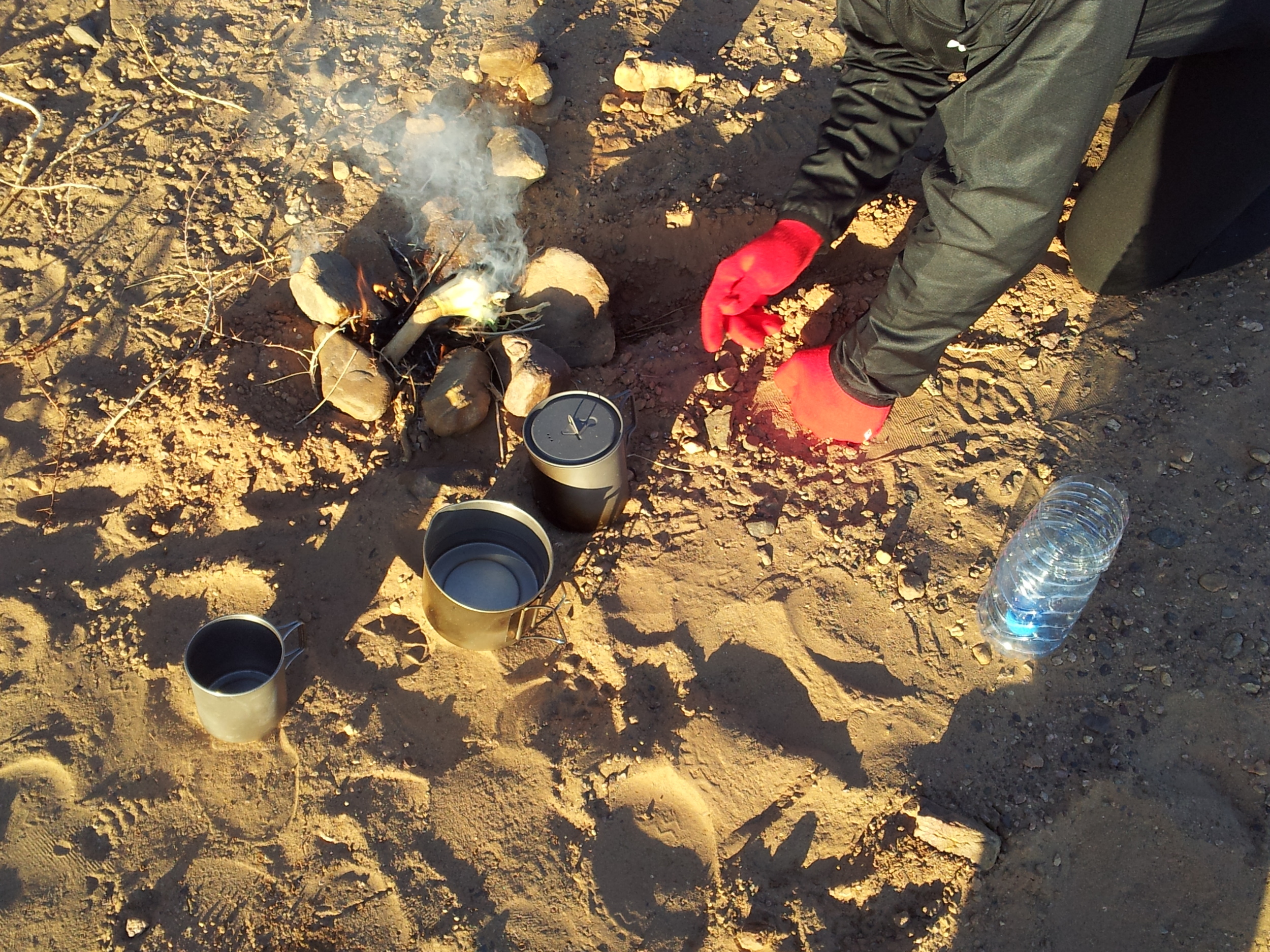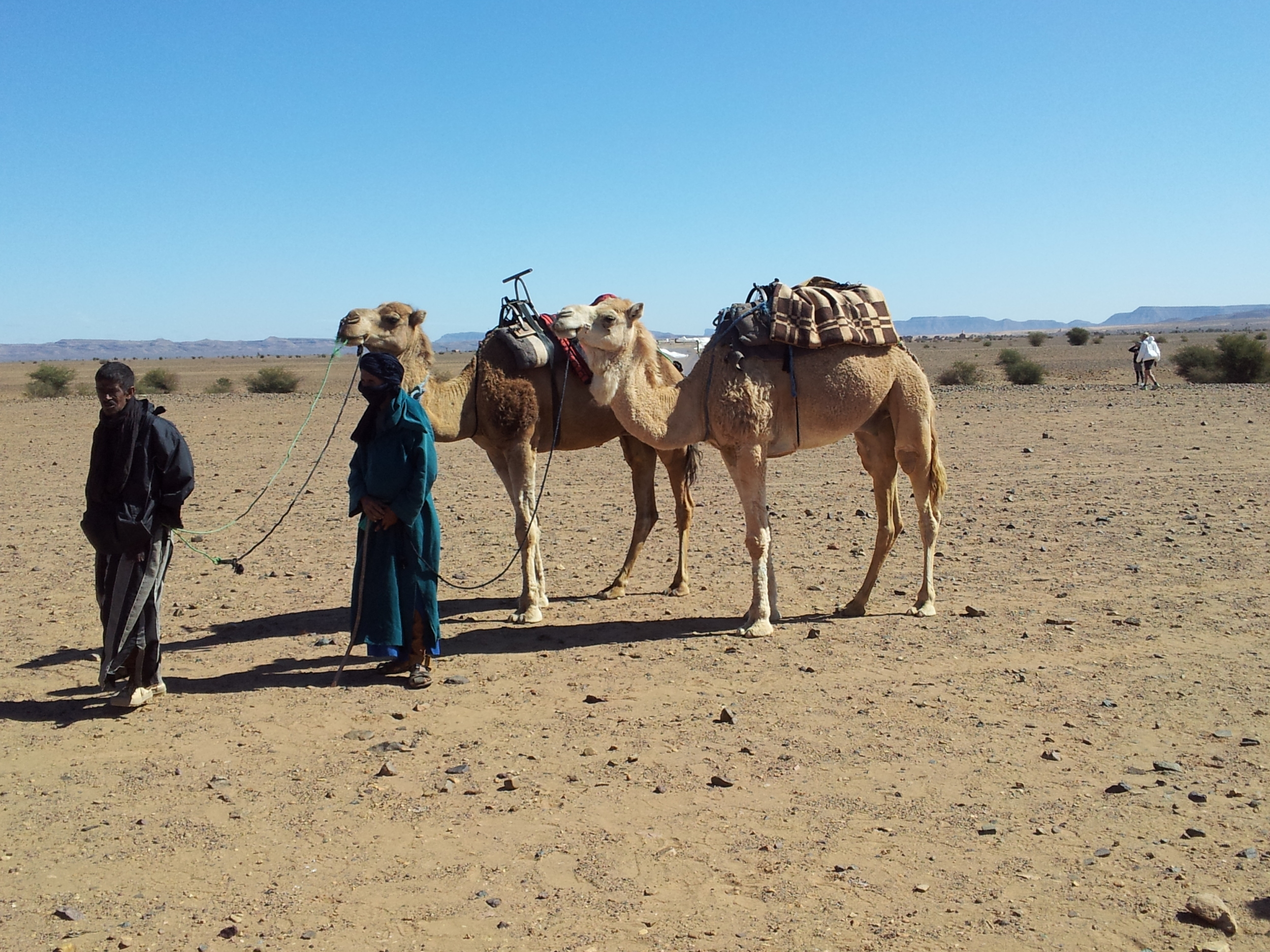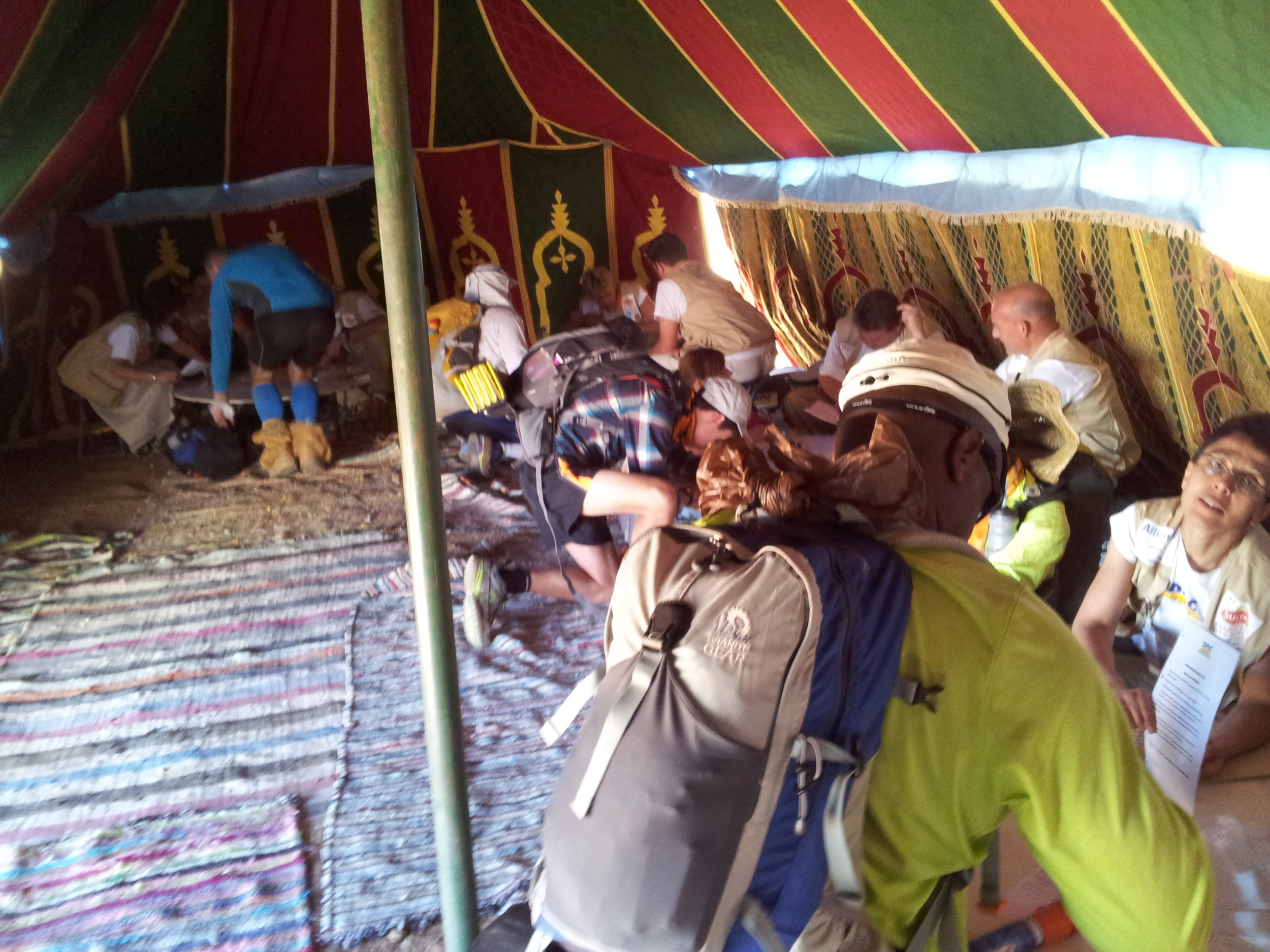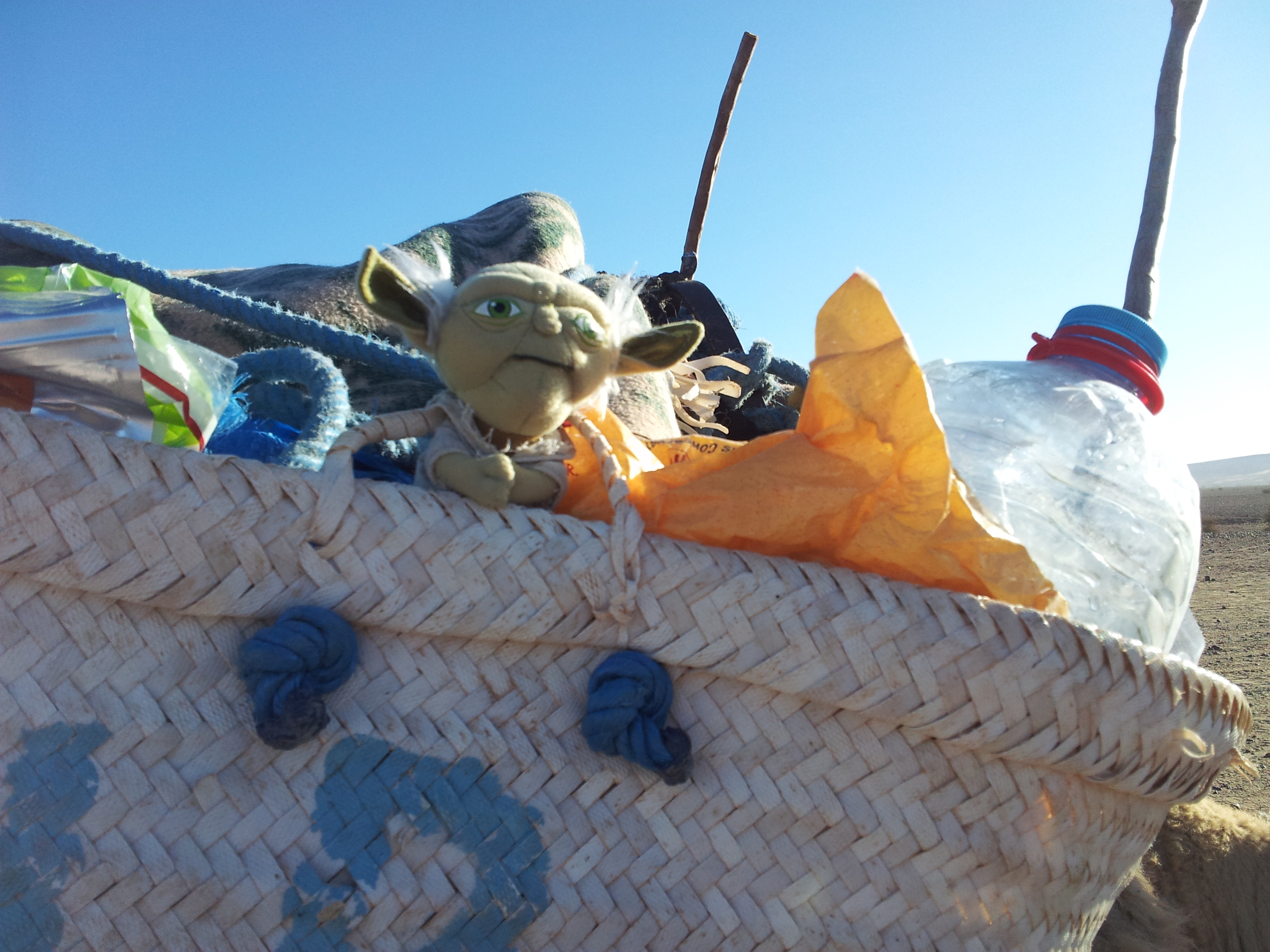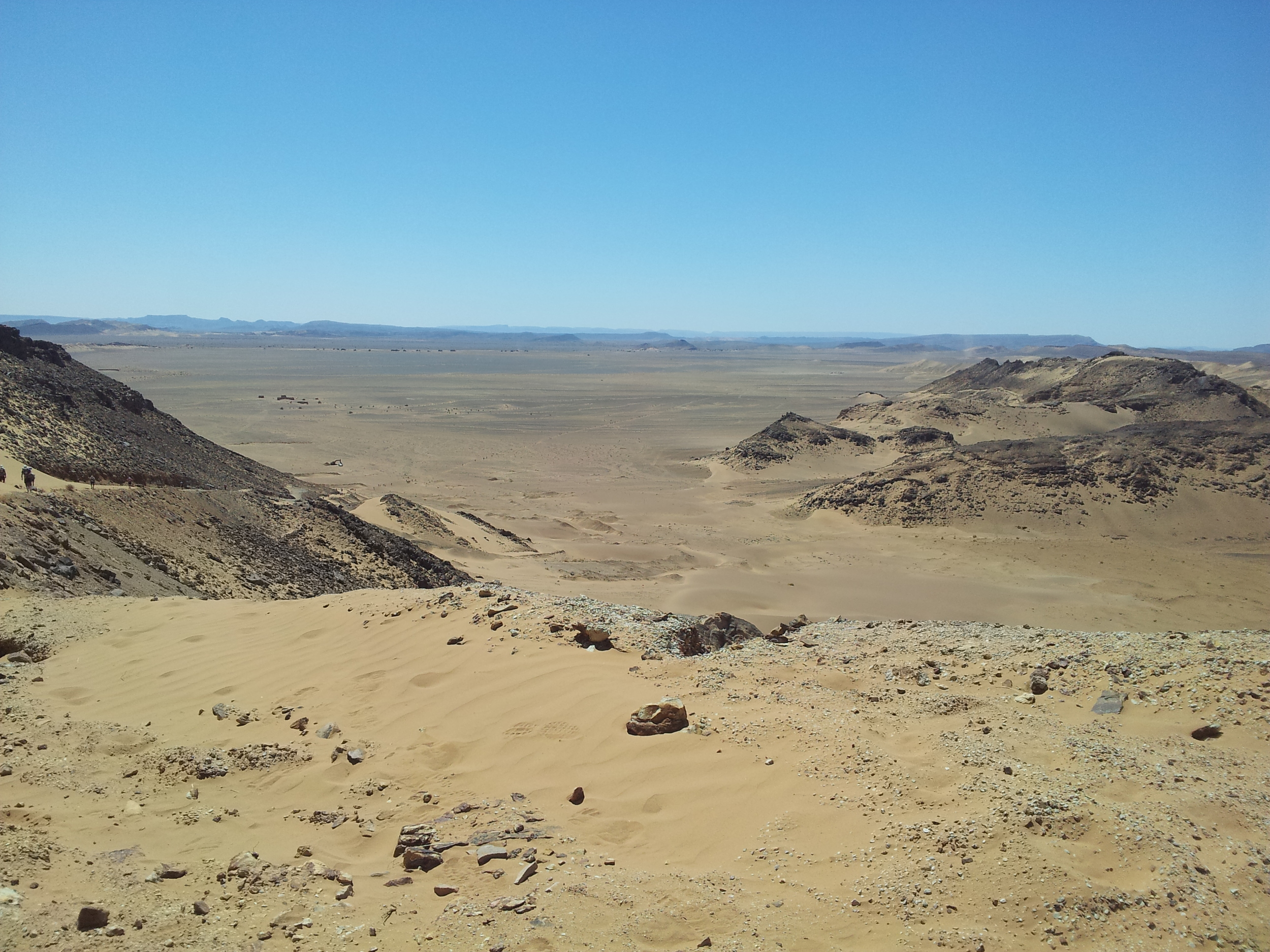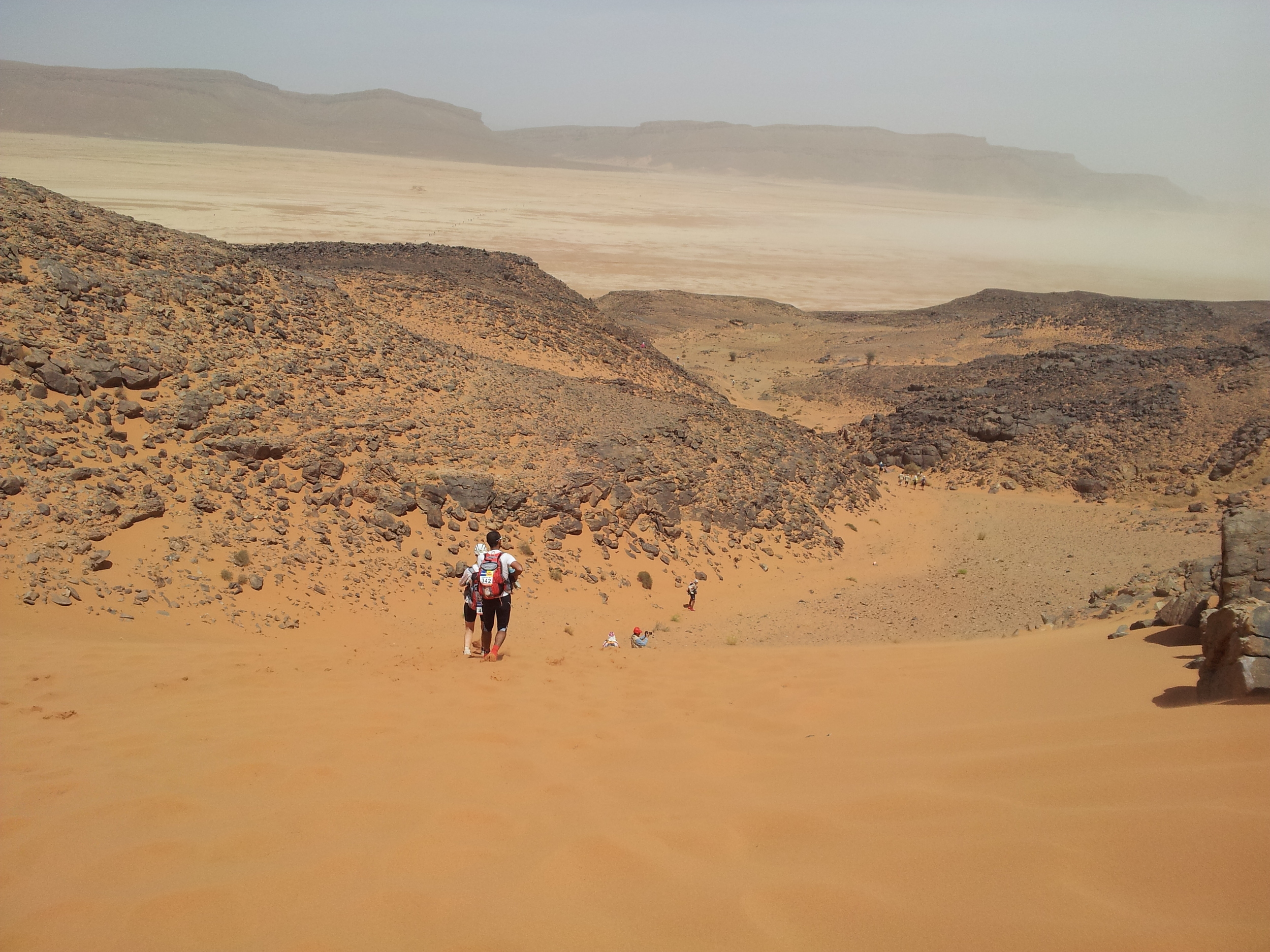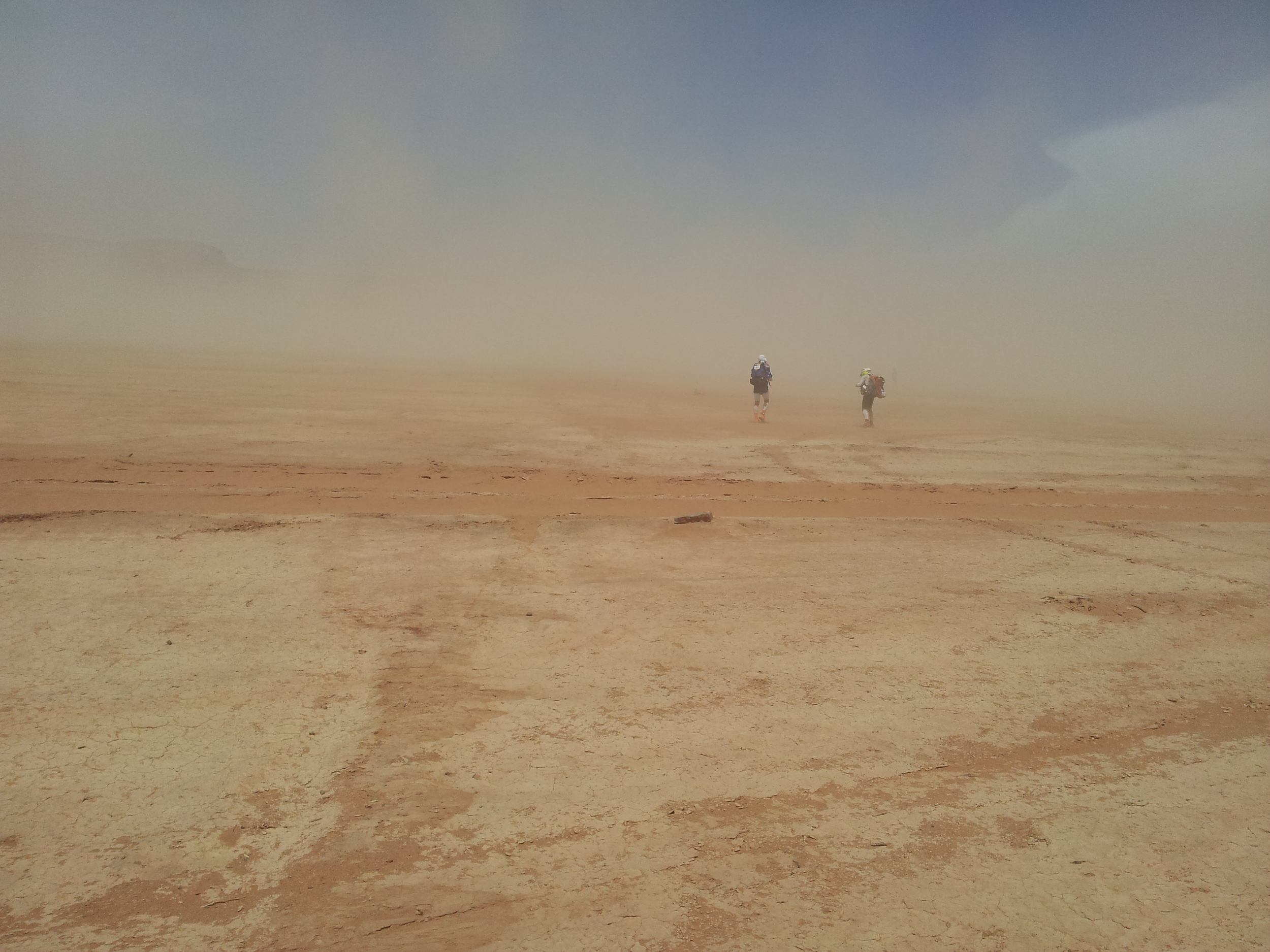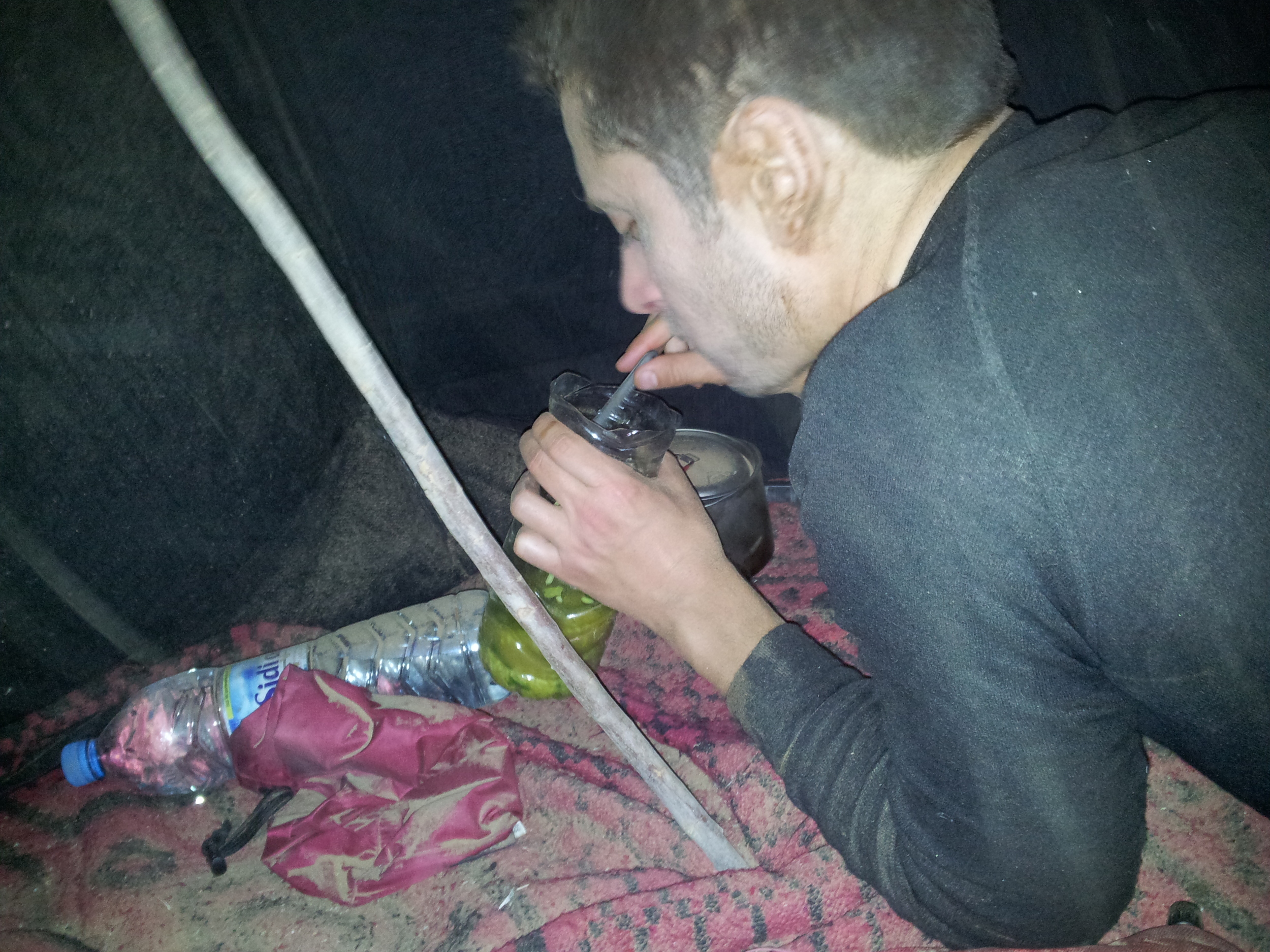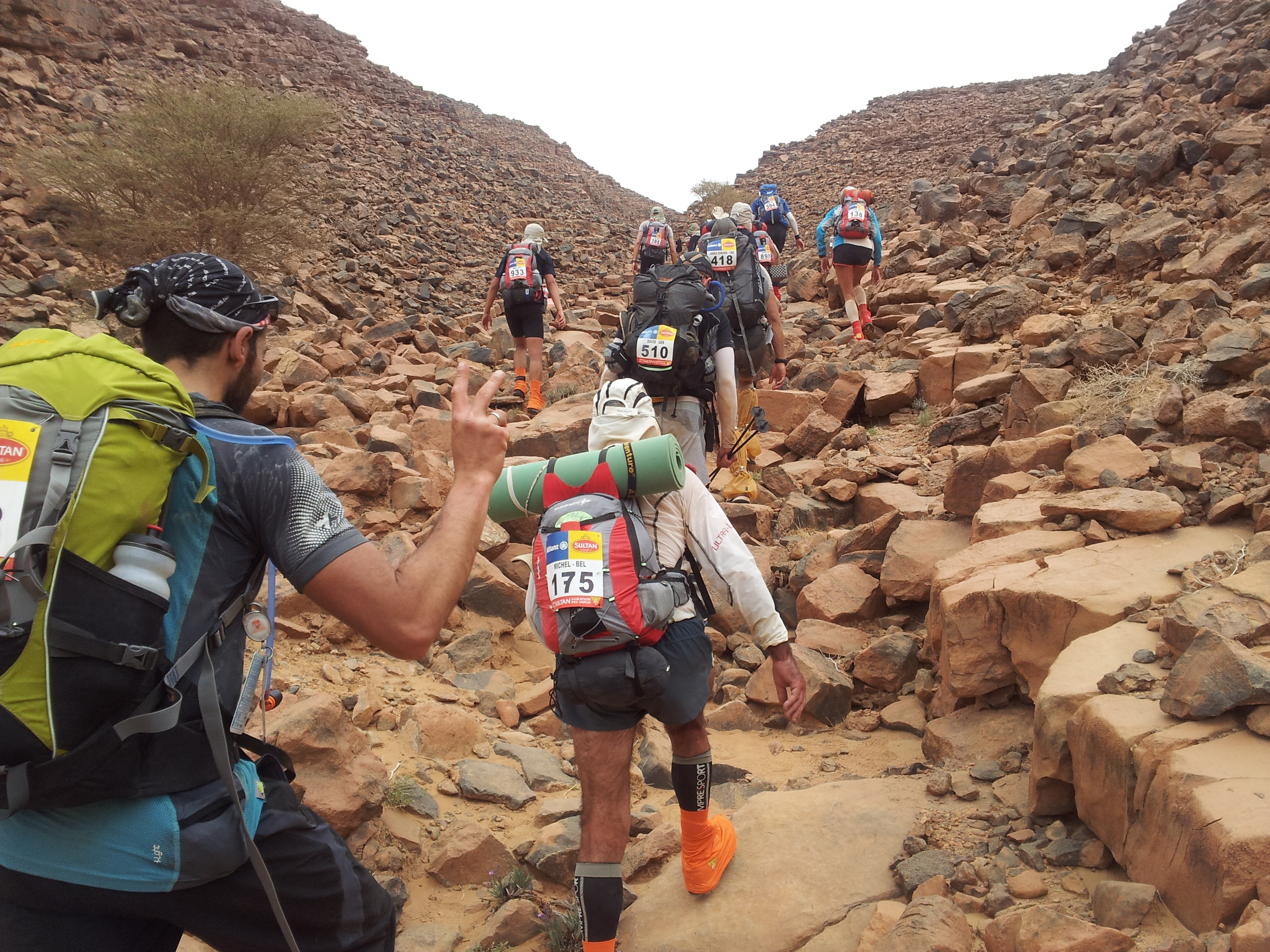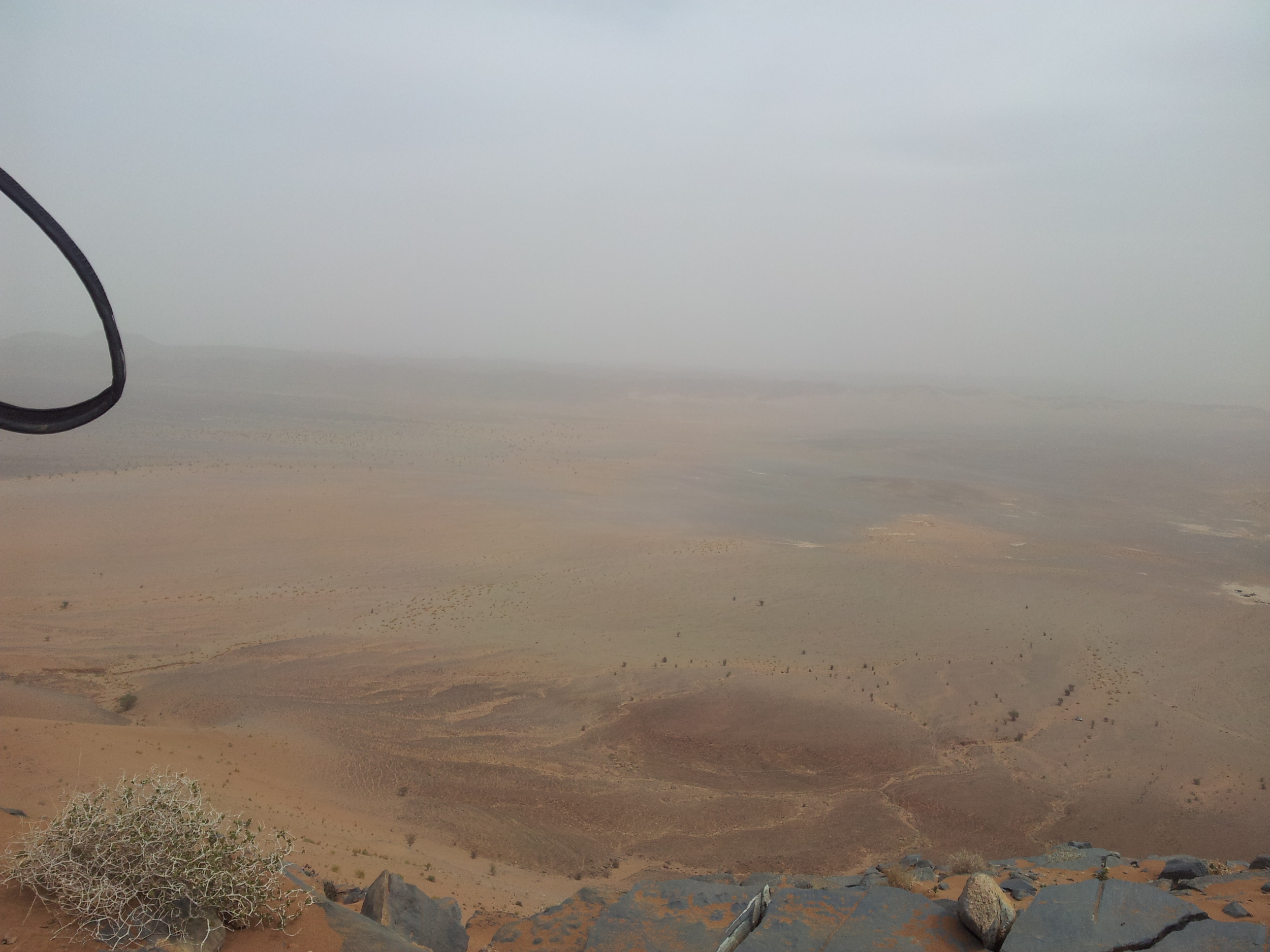I have been diagnosed as being pre-diabetic and since have gone down a rabbit hole of learning and self-diagnosing.
It seems I have developed two types of resistance: Insulin Resistance and Medical Advice Resistance.
Medical Advice Resistance
I am a healthy 44-year-old who exercises almost every day and has relatively low body fat. Despite that, the speed at which doctors will prescribe medicine is shocking to me. I don’t blame them, I blame a system that does not give them the time to do route cause analyses and a system that prioritizes quick fixes by way of medication.
"your the worst kind of patient." Said one doctor to me. You won’t just do what I say and you question everything.
One doctor suggested that I try Metformin to control my blood glucose. I researched this wonder drug and noticed it not only can help regulate blood sugar levels but also has studies that show that it extends life.
Not only can I solve my blood sugar problem, but I can also live longer.
That’s until I happed from another doctor and Ph.D. that cited studies that recommend against metformin when the patient exercises.
It seems for every doctor, there is a doctor with an equal and opposite opinion.
While I have a healthy resistance to the medical profession, I love when I find a doctor who is not only passionate about a subject but willing to take the time to really understand the context. I don’t believe they are motivated by money, but I find they are usually not cheap.
Insulin Resistance
While on the subject of resistance, my current working theory is that I have developed insulin resistance. which basically means that my body can’t effectively deal with the sugar(glucose) created by my liver so it stays elevated in my bloodstream. To deal with the blood sugar, my pancreas releases a hormone called insulin to deal with the blood sugar. Insulin either converts the glucose into fat and stores it in my love handles or helps get it into the cells. This process reduces the blood sugar levels and it signals to the pancreas that it doesn’t need any more insulin.
The process doesn’t seem to work well for me and I constantly have high blood sugar levels. This means that despite my body producing a lot of insulin, my blood sugar levels are not going down. To counteract this, my body then keeps on producing insulin. My body in a sense is resisting the insulin, in other words, I'm insulant resistant.
So what if I am insulin resistant or have higher than normal blood sugar?
I have a high chance of developing type 2 diabetes and will be injecting myself with exogenous insulin to manage my blood sugar. Other symptoms of high blood sugar are dehydration, fatigue, urinating a lot, and blurred vision.
My Assumptions
The working assumption I have is that I have developed this IR because I'm frequently eating. I snack all the time. I eat healthy things, like dried fruit, nuts, and dark chocolate. I eat a lot of healthy things, the problem is that I am always eating them. I exercise enough to keep my weight under control. This constant snacking may have resulted in IR.
I may have hypothyroidism. For this, I found a doctor that meets the above conditions that I will consult.
I assume it took years to get to this point, I'm assuming it will take many months or years to fix naturally.
My Approach.
No Medication
I've started wearing the Dexcom g6 continuous glucose monitor. This has been a game changer
I stop eating after 6:30
I intermittently fast 4 times a week. One of those is 24-36 hours
I have cut out all refined sugar and most carbs
I eat a high fat/high protein low carb diet
No snacking and only 2 meals a day Monday - Friday.
My plan is to do this for 3 months and see what happens to my blood markers.





























